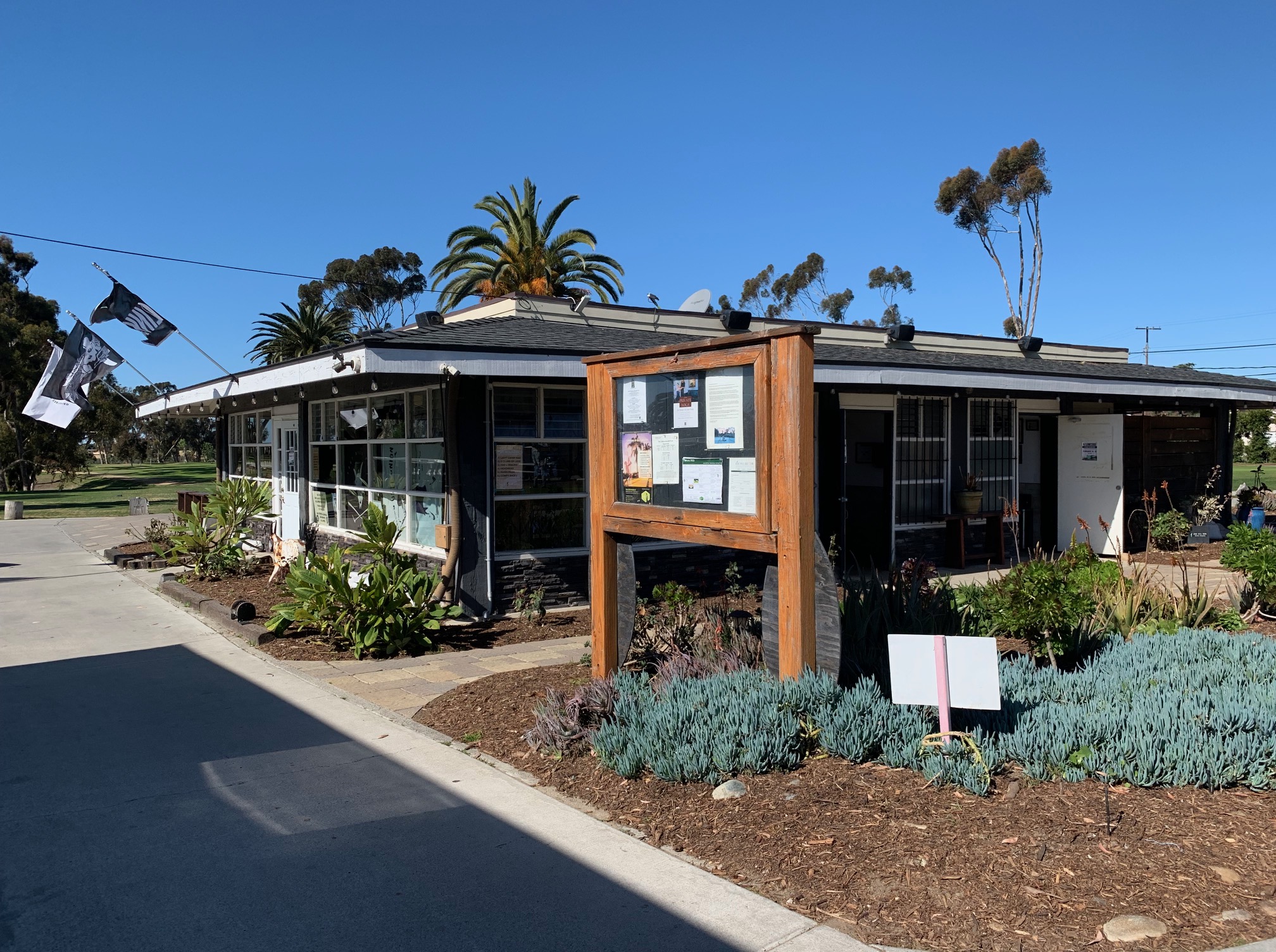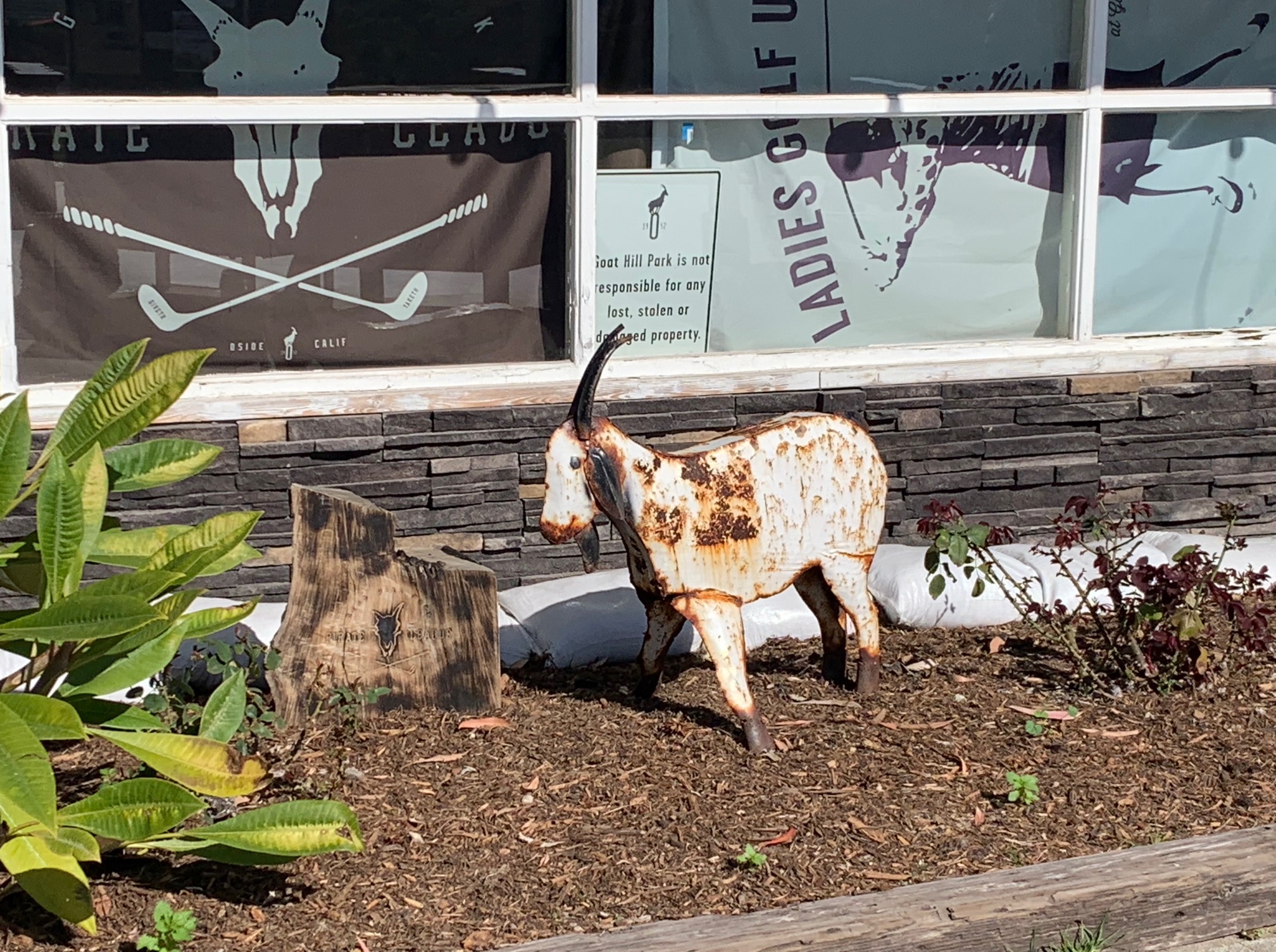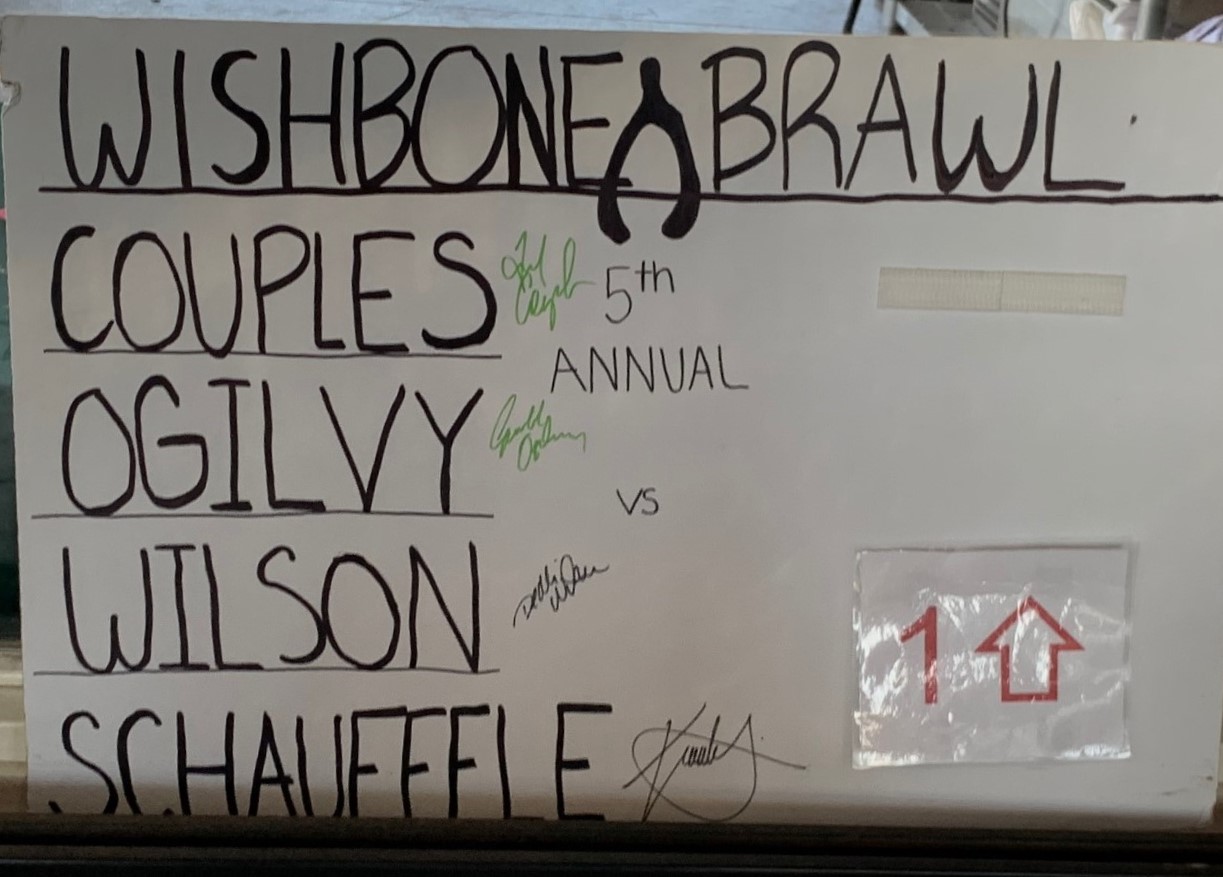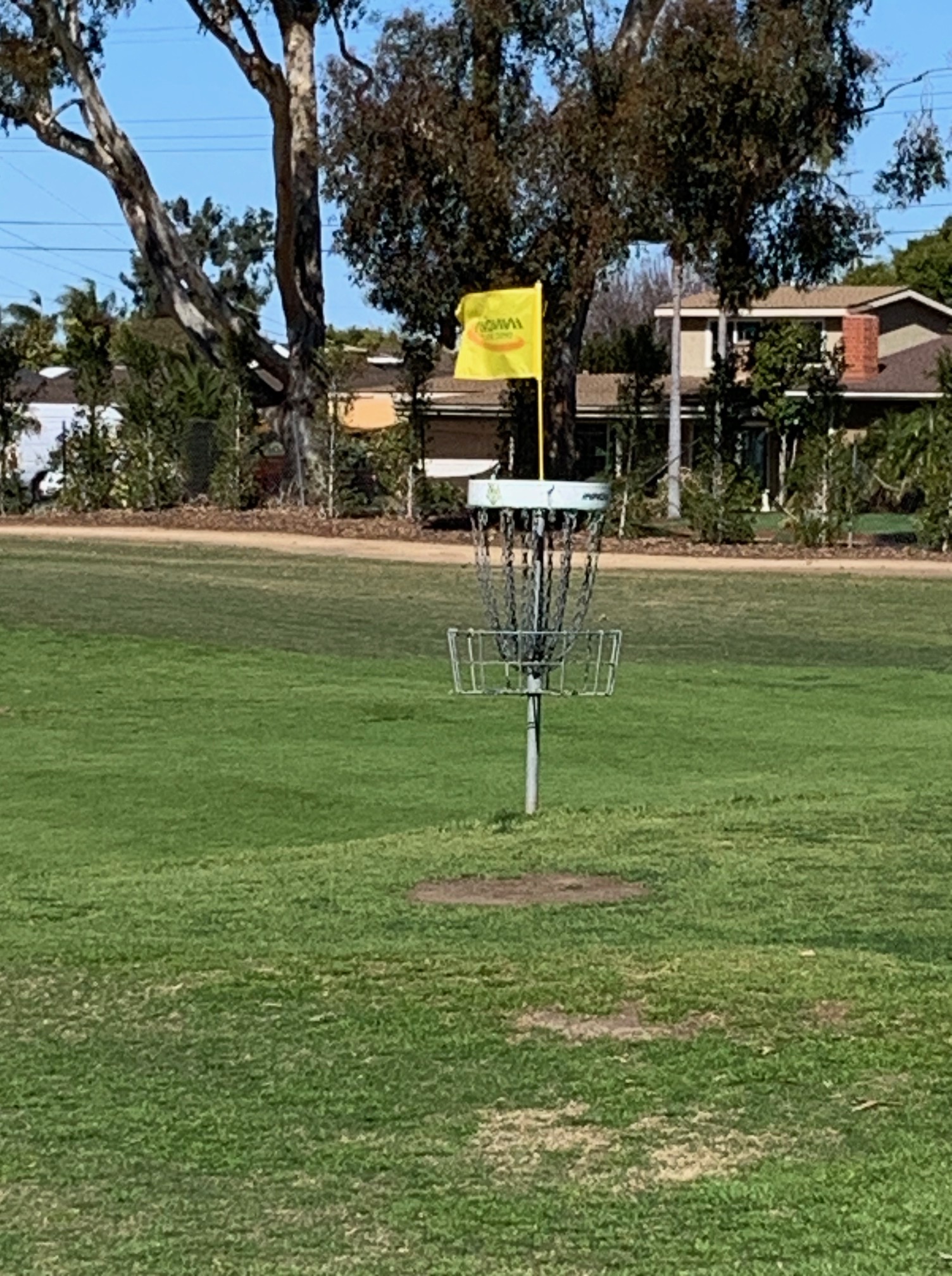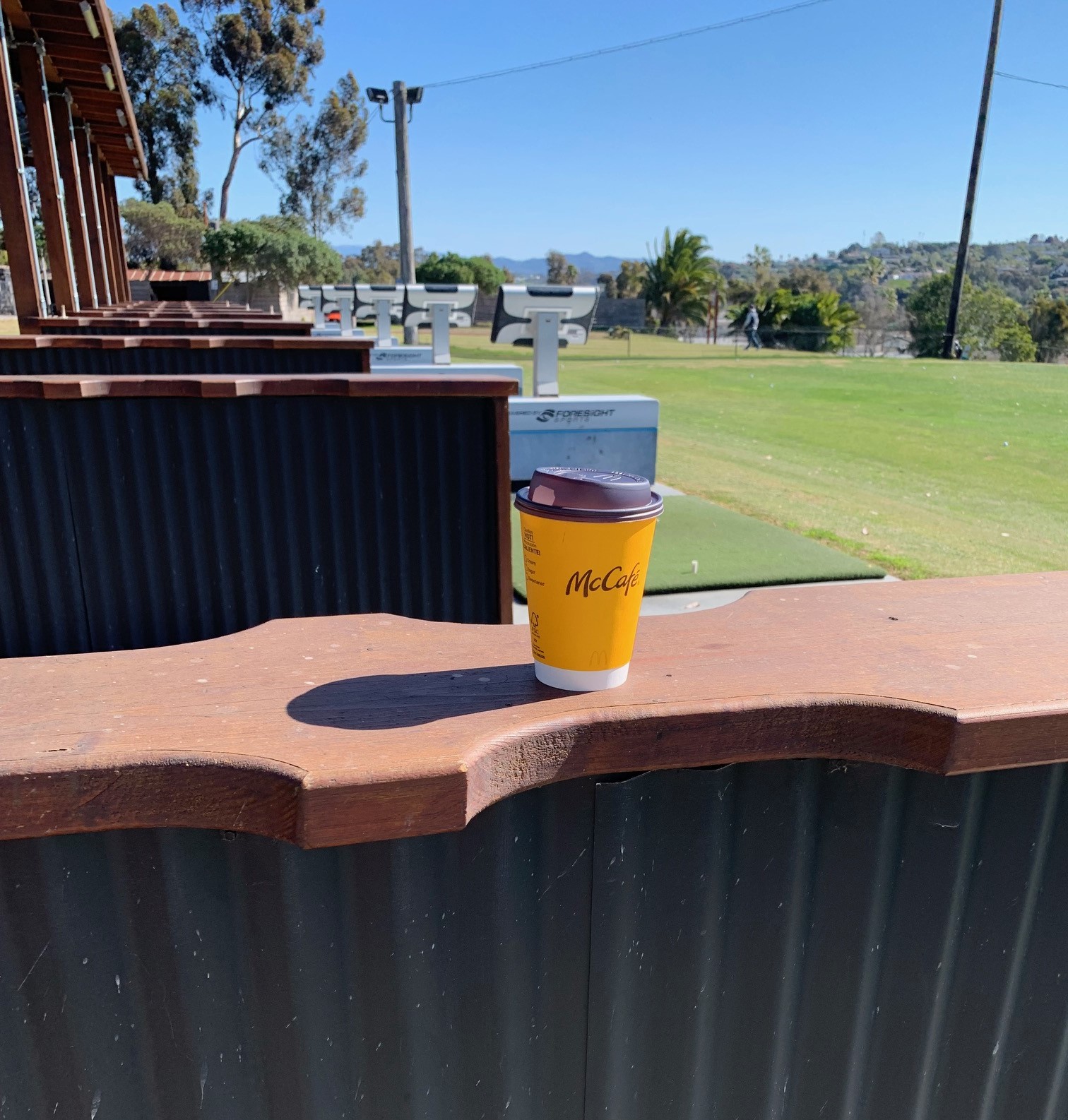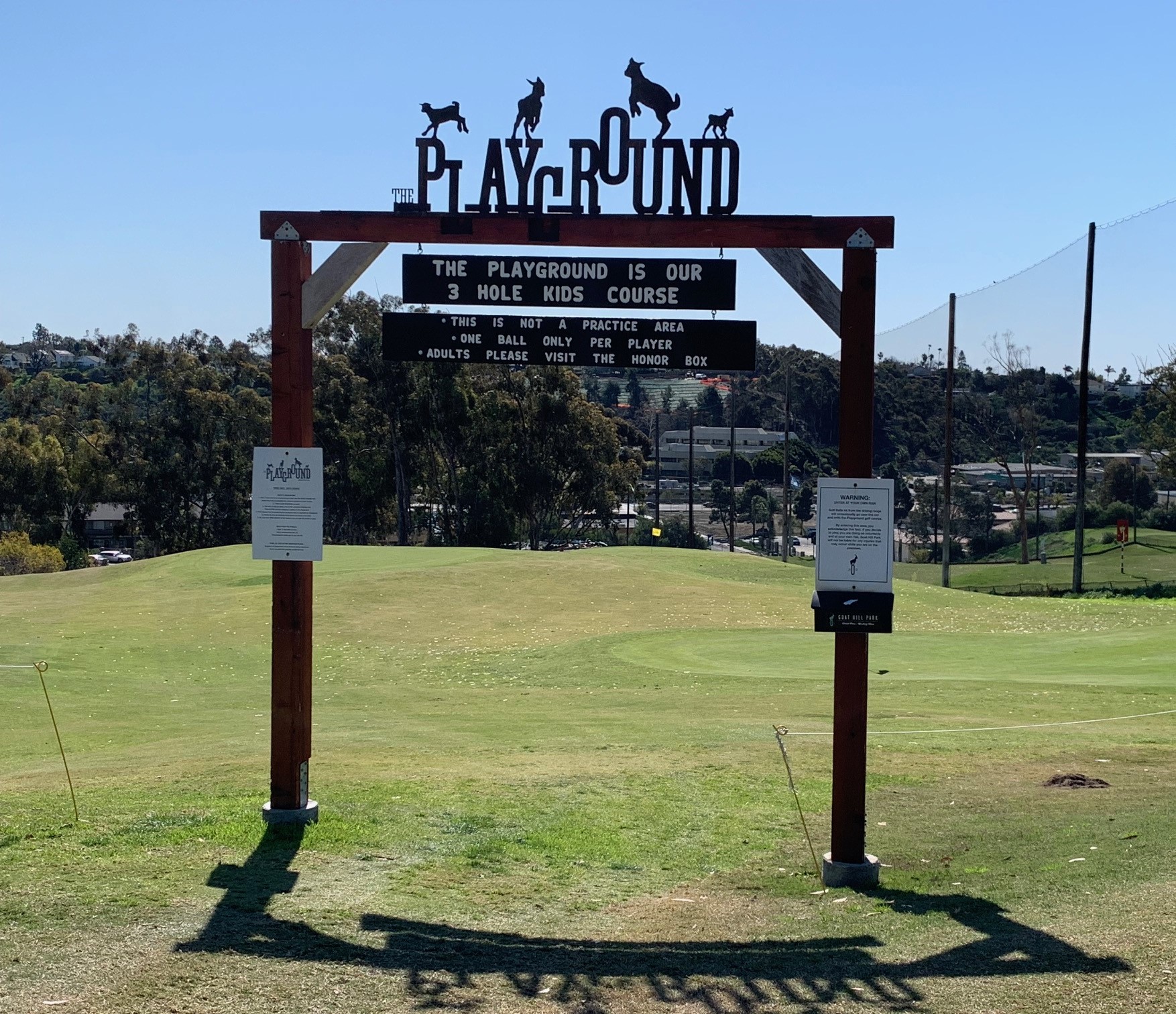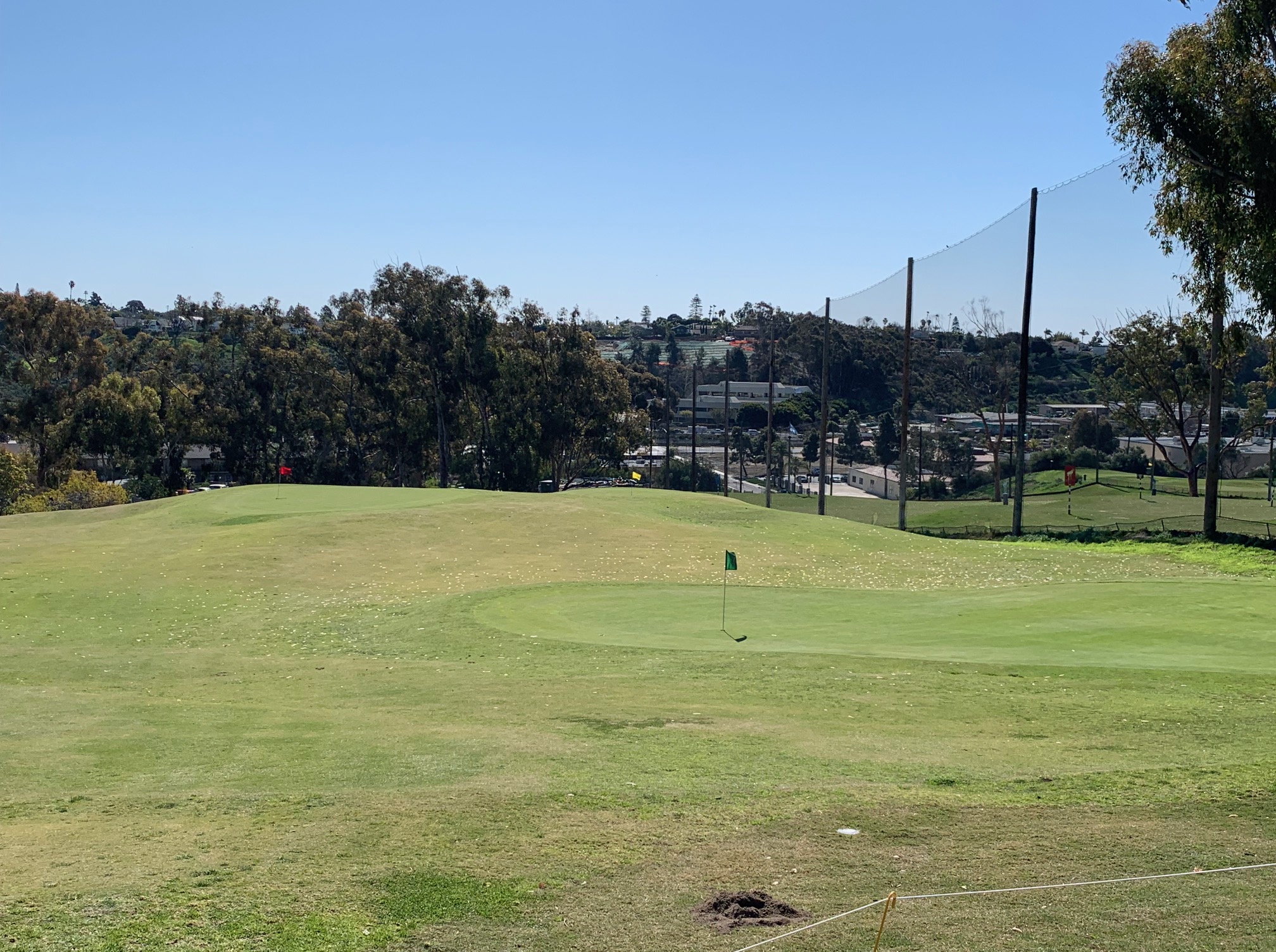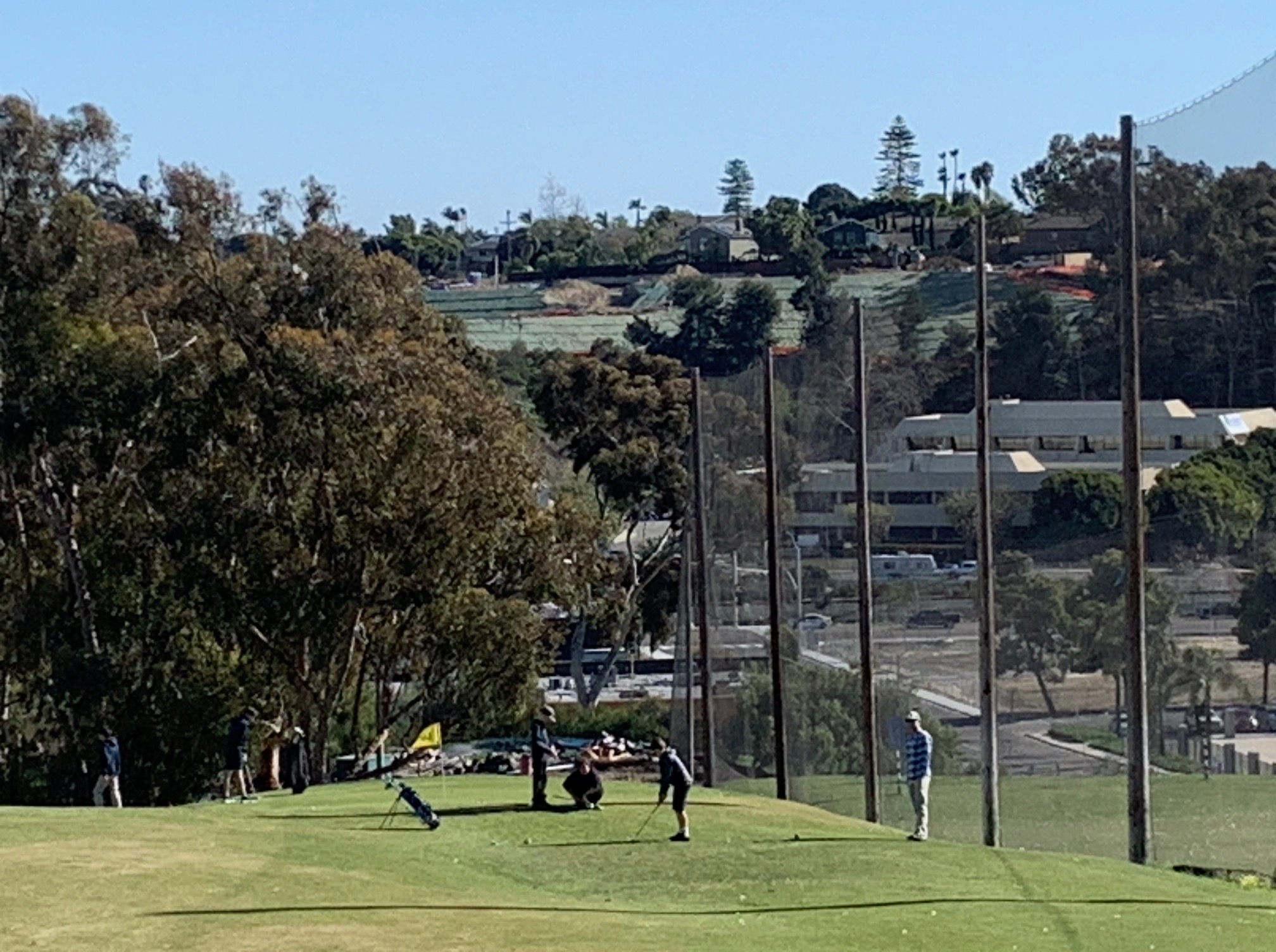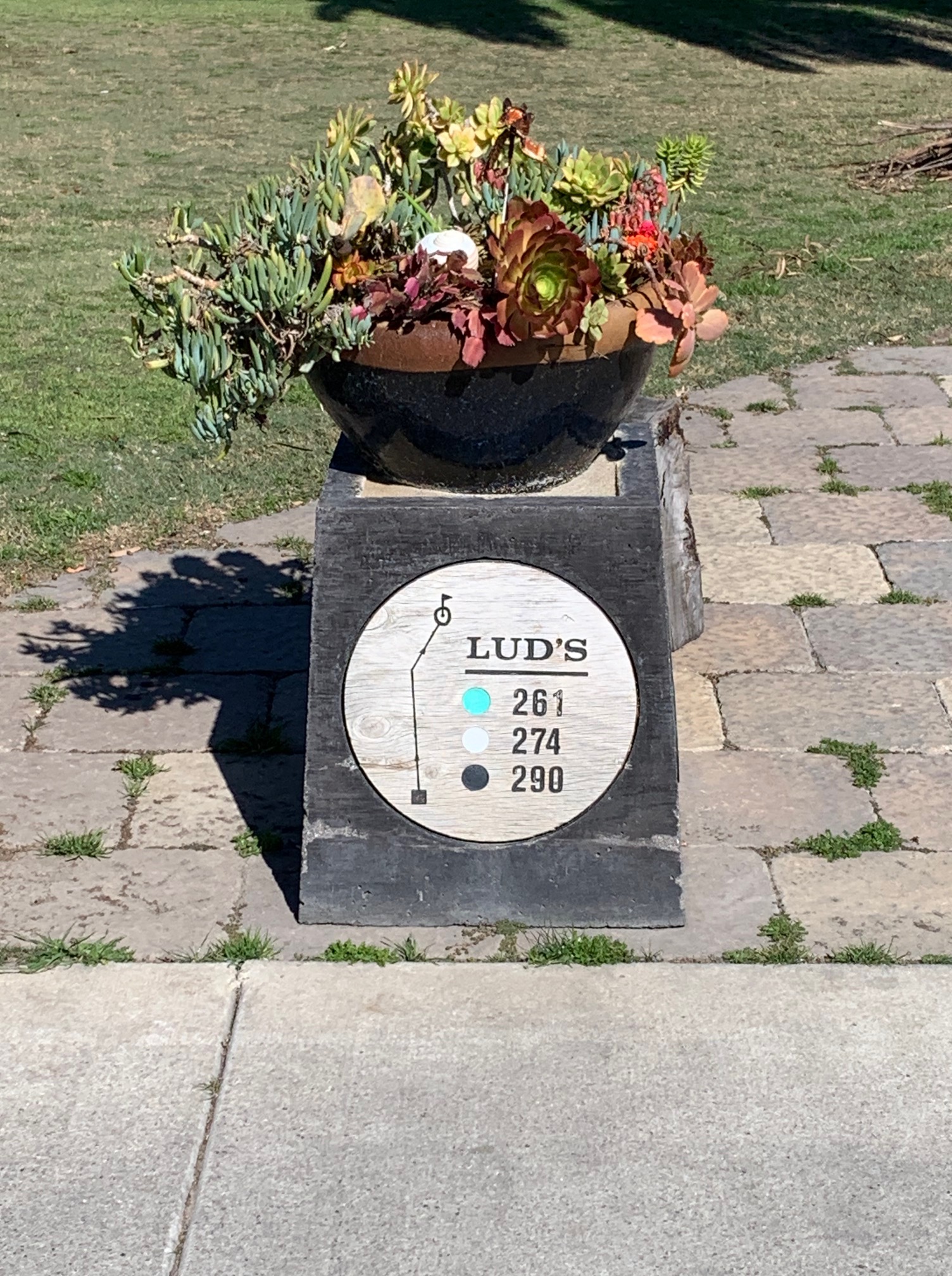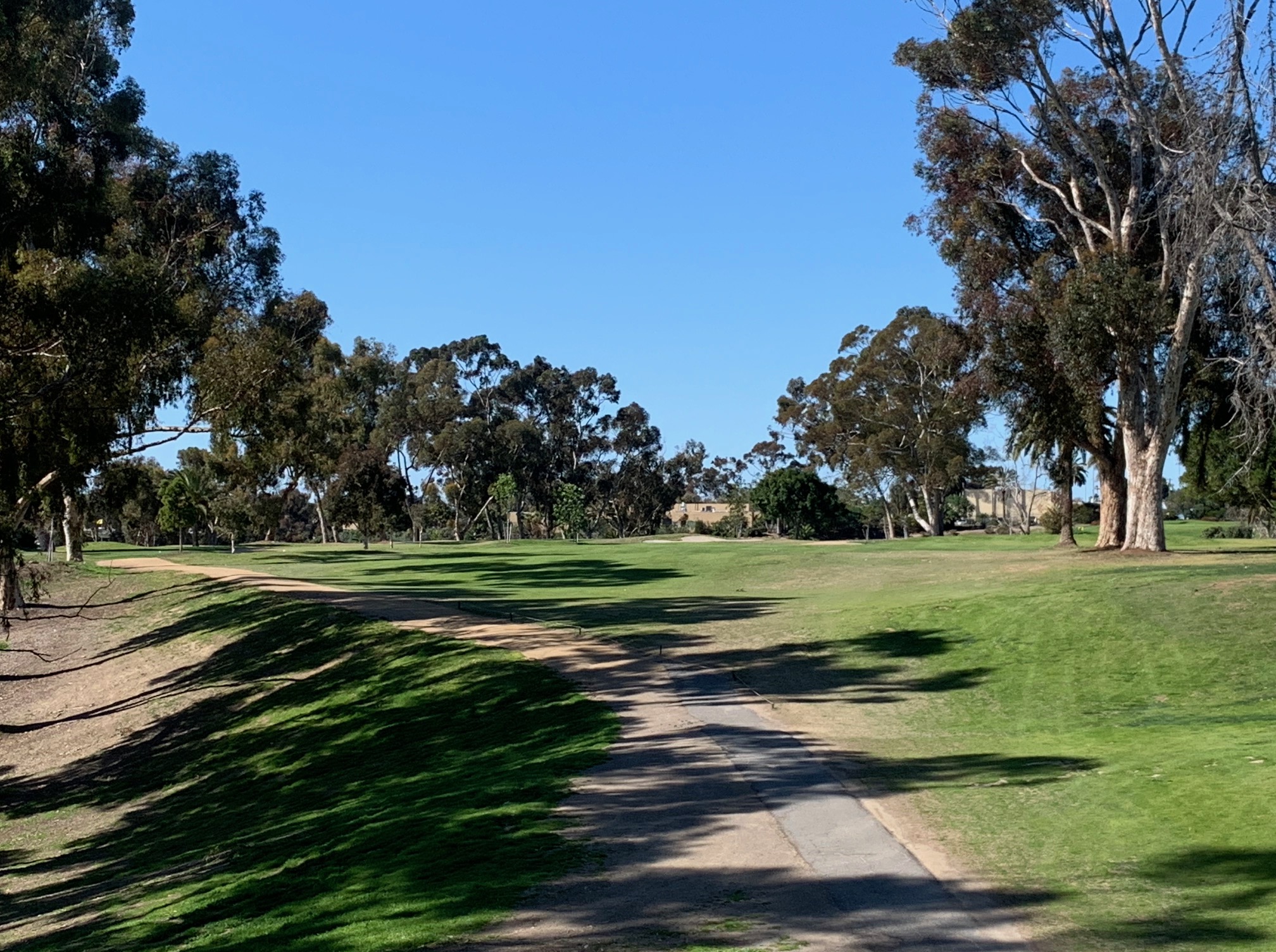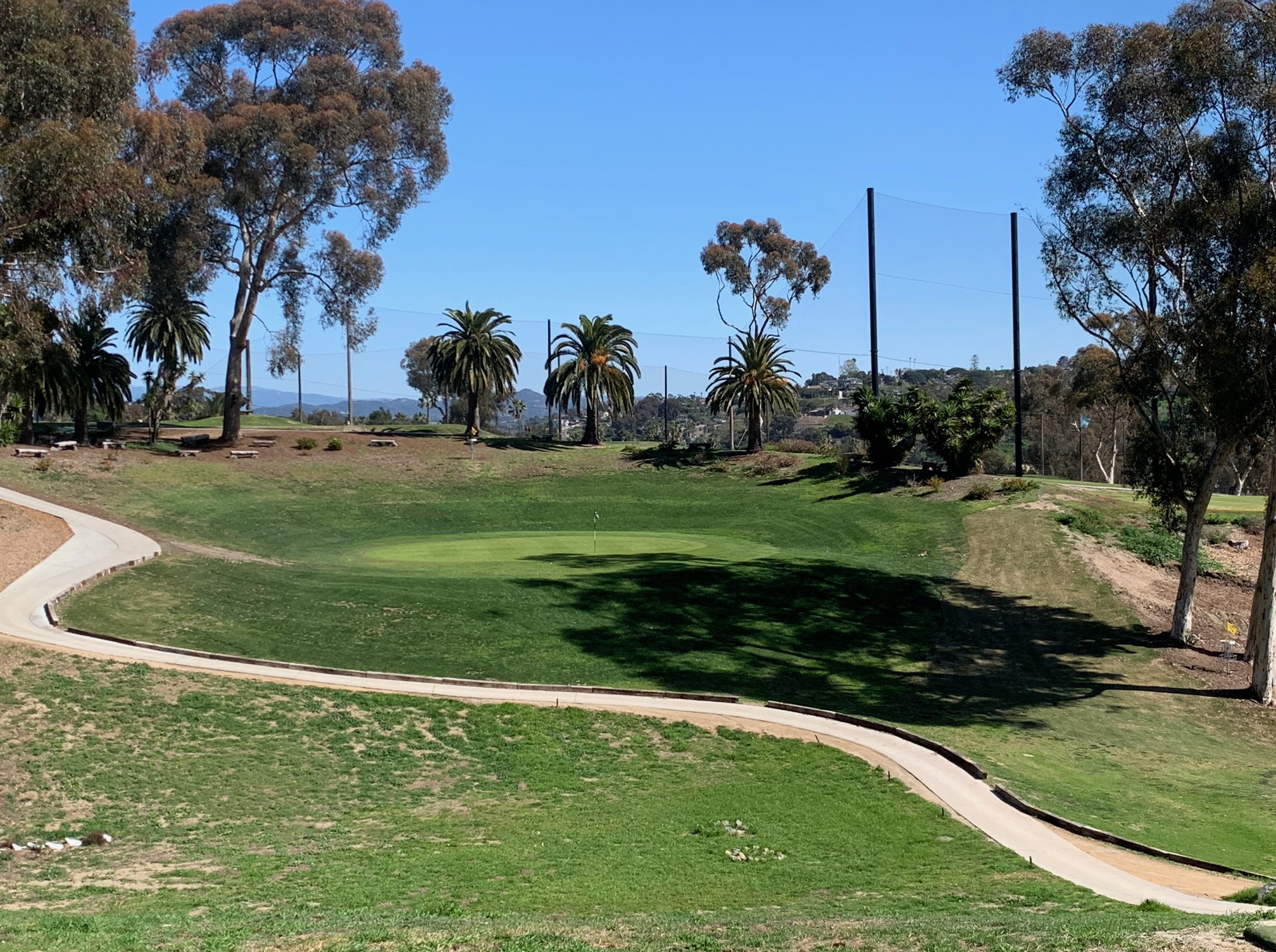
Of all the Golden Age architects Seth Raynor, a man who never took up the game of golf himself, seems an unlikely candidate as one of the game’s most prolific and impactful designers. Trained as a land surveyor and civil engineer Raynor was lucky enough to be employed by the small town of Southampton on Long Island when C.B. Macdonald was considering the plot of land next to Shinnecock Hills for his visionary development of The National Golf Links in 1907. Raynor surveyed the rugged and untamed piece property on horseback with C.B. and together they conceived and produced one of the seminal American golf courses in history.
Macdonald’s concept was to incorporate the characteristics of the most famous holes from the British Isles as template holes for new courses in the United States. Hole names like Redan, Alps, Biarritz, Short, Eden, Road, Double Plateau, Leven, and Cape became part of the American golf lexicon overnight and signature elements of Macdonald/Raynor designs.
Raynor’s gift was his ability to recognize how to seamlessly fit the design features of Macdonald’s template holes into the existing topography of the land in front of him. As a pair they went on to employ Macdonald’s unique approach to golf course design to build Piping Rock, Greenbrier Old White, Sleepy Hollow, Mid-Ocean, and The Lido and establish Raynor’s reputation as a first rate surveyor, engineer, and construction manager.
By 1915 Macdonald decided he had enough of course design and channeled all the new work over to Raynor. Over a ten-year period, starting in 1915 to his untimely death in 1925, Raynor produced over 30 first-rate golf courses under his own name and was one of the most sought after course designers of his era.
One of those opportunities arose because of a relationship Raynor had with Fredrick Law Olmsted Jr., the son of the world famous landscape designer who created Central Park in New York and the Boston Commons, who had been tapped by a wealthy Baltimore lawyer named Frederick Ruth to develop a private gated community in Florida. The Ruth family had 3,000 acres of ground in Lake Wales, Florida and wanted to develop a winter get-a-way for him and his friends. Olmstead was familiar with Raynor’s work at the Country Club of Fairfield and it resulted in Raynor being hired to develop his first golf course in Florida.

The forested backdrop on The Alps #3 accents the width off the tee and bunkering offset to allow a ground approach into a raised green with consequential movement.
Raynor had in front of him at Mountain Lake a heavily forested piece of subtly rolling terrain and very deep pockets in the owner to allow him to choreograph a routing of template and original holes to suit his fancy. What he delivered was a vintage Raynor track with tons of short grass off the tee, signature geometric shaped greens and bunkers, and green complexes with template characteristics to maximize the strategic thinking required to be successful.
Two things to keep in mind when you look at Raynor’s work here and elsewhere. First, this was still the age of hickory shafted clubs and the Haskell ball which meant even the best players could not carry and spin the ball effectively from the middle of the fairway so the architect had to provide ground routes into most holes to give the players any chance at getting to the pins. Gene Sarazen did not invent the sand iron until twenty years later, so all those pesky bunkers were real hazards and avoiding them on approach was a premium.
Second, the notion of Macdonald and Raynor using template holes from course to course was in no way a redundant exercise. They were not creating carbon copies of the great holes of the British Isles but rather were blending the strategic characteristics of these template holes into the existing topography they had in front of them. No two Redan or Road holes on different courses were very much alike at all so, even though the hole monikers were the same, the challenges presented were new and unique.
Mountain Lake has had two recent restoration/renovations under the watchful eyes of Brian Silva and Gil Hanse. I think both men were careful to adhere to the original intent of Seth Raynor’s design. This descriptive is off the Blue Tees at 6,156 yards.

Take heed on your way to the first tee that your hosts expect you to enjoy this experience and respect it accordingly.
The inventory of template holes at Mountain Lake described below exemplify this and a discriminating eye will find a delightful collection of golf challenges which require thoughtful consideration of position off the tee into the pin positions of the day on these complex green canvases.

Approach into #1, Double Plateau, is wide open but be wary of ground movement once the ball touches down.
The opening hole is typical of what Raynor shows you all day-lots of width off the tee, open access to the Double Plateau green complex, but mind where the flag is so you can work you approach up from the correct angle into that section of the green. What I noticed throughout the course is that the ball transitioning from one level to the next will often have significant side movement as well so often you have to aim here to get the ball there.

The 5th Biarritz Par 3 green is full short grass in both sectors of the green protected by rectangular shaped sleeper bunkers flanking both sides.
Biarritz holes are generally long par threes with a sizeable downhill transition from tee to green so you can see the two sections of the green on either side of the Biarritz divide. The 5th at Mountain Lake has a little twist. At 184 yards you are hitting a long club as you would expect but it is into a green on level to the tee which makes the depth perception of the back section of the green hard to reconcile. For a back pin it still requires a running shot into the back section through the divide, visualizing the shot is quite a challenge.

This version of the Road Hole can have you scratching your head. It is 125 yards shorter than the 17th at The Old Course but is by no means a pushover.
The Road Hole at St. Andrews is the penultimate long and narrow par 4 in the round which requires a pressure blind tee shot over the old railroad sheds adjacent to the OB of the Old Course Hotel. One then has to negotiate a 200 yard fairway club into a long narrow green pinched by the macadam road on the right and the nefarious Road Hole pot bunker on the left.
Raynor’s version here comes much earlier in the round at #6 but is still a blind drive over a yawning cross bunker instead of the sheds with OB harrowing the right. What is left is a short iron pitch into a long and narrow green similar to the original with a cordoning bunker flanking the right to replicate the road and a severe bunker short left which has double bogey written all over it. Strategy is the same as the original but the parameters are much different.

The island tee box on the Lagoon 8th can make you a little woozy as you contemplate the forced carry across the water into the landing area.
What is not often acknowledged is that Macdonald and Raynor created an original template hole at The National that did not exist in Britain which appears over and over through their collective creations. The Cape Hole, 14th at The National, is a longish par four with a drive over water into a fairway landing area that turns to the right around bunkering and marsh. A bold second is required into a peninsula green tucked in a corner with trouble on three sides that strikes fear in the hearts of players contemplating an aggressive approach line to the flag. This peninsula green arrangement was an original and gives the Cape Hole it’s moniker.

The 8th is a three-shot five par that replicates a Cape Hole green setting with a lagoon playing up the right and a severe walled bunker diagonally set to the approach line of play.
The Par 5 8th at Mountain Lake begins with a narrow catwalk out to a tee pad in the middle of a lagoon ensconced by trees with hanging moss. A sense of isolation on this tee box can inject a bit of wobble into your confidence as you drive over the water’s edge into a wide fairway landing area on the hill. With the presence of the lagoon up the right, the Cape green is wedged to the right between a cordoning bunker on the left and a Jai Alai walled bunker on the right that makes a bail out line to the pitched fairway left an obvious choice. Truth is a layup to the right side of the fairway well short of the bunker gives a level stance pitch across the trouble into a receptive green that leans towards you. The genius of template Cape Hole is that the considered measure of risk and reward is present on all shots.

Traditionally the Short is a forced carry short three par with steep fall offs to trouble on all sides.
The outward nine finishes with a classic version of the Short hole, only a 113-yard pitch across a hazard into a raised, almost moated, green complex that falls off to trouble on all sides. The false front will reject balls hit without requisite resolve so the middle of the green is a good intention for all pins. It is not obvious from the tee but there is a bail out area left of the green over the front left bunker that would leave an on-level pitch back at the flag. Somehow bailing out on a short hole like this seems the ultimate rationale of cowardice.
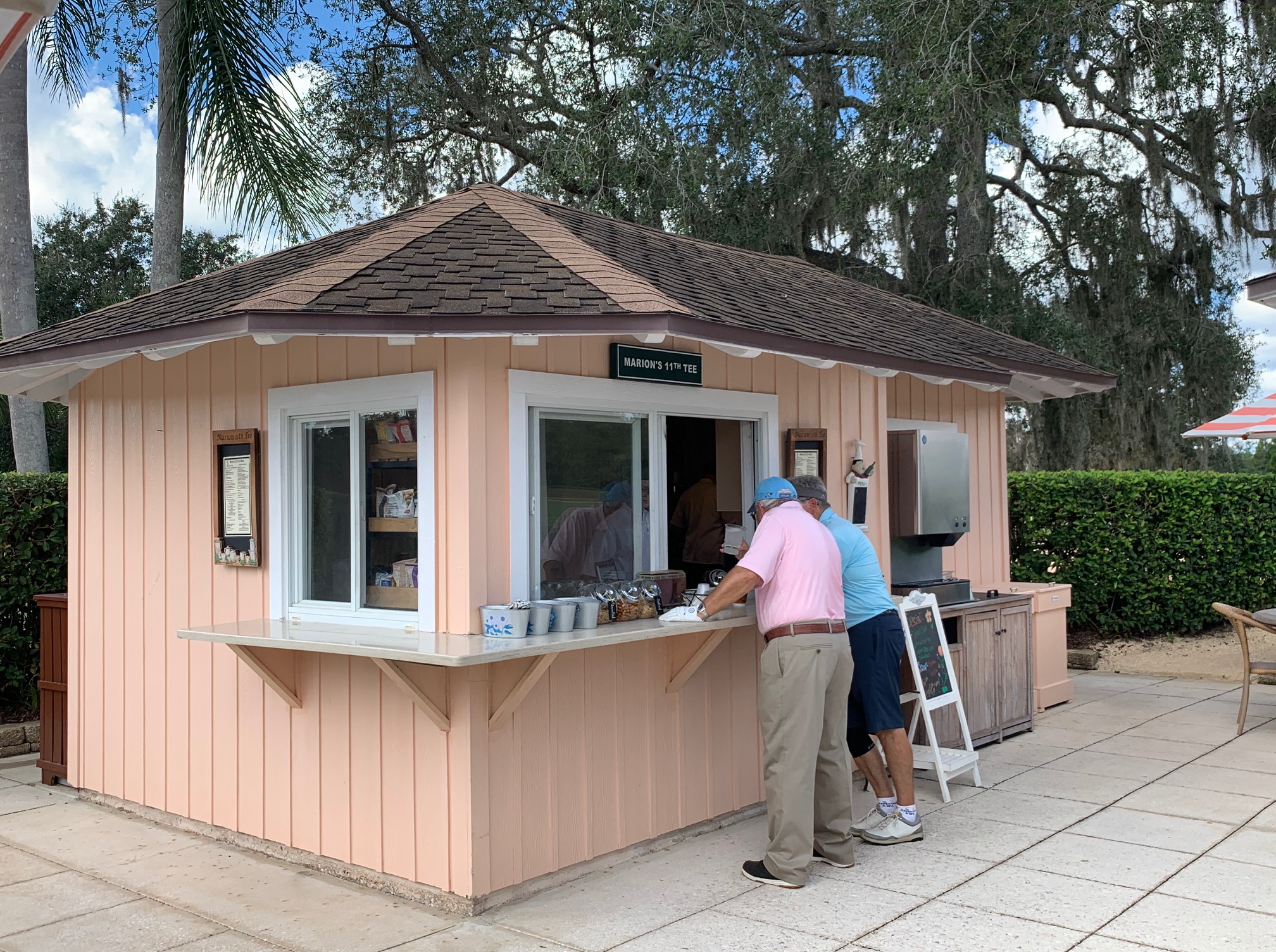
Marion’s Halfway House offers congenial attitude and tasty treats at just the right time of your day.
When you walk off the 10th green don’t fail to take a moment to visit the halfway house next to the 11th tee. Fresh sandwiches, a stellar hot dog, deep fried chips, and some very special cookies are just the boost you need before facing the rest of the day.

The Redan 11th does not appear like your typical Redan hole but it sure plays like it.
When you step on the tee of the slightly downhill 160 yard Par 3 11th you may be scratching your head wondering how this can be a Redan hole. The flat bunker short right of the green seems out of place, the green looks far too circular to resemble any Redan you have played before, but the dramatic tilt of the green offers a clue. From the high edge back right the green surface is almost a saucer shape that feeds dramatically to the far left side behind the yawning bunker. Prepare to be amazed at how dramatically your ball magnetically moves in that direction once it lands on the green. Pins on the right are impossible to get near and anything center to left has to start at the back right corner and let the ground do it’s thing. Raynor has succeeded once again to capture the theme of a Redan without replicating the original in any obvious form.
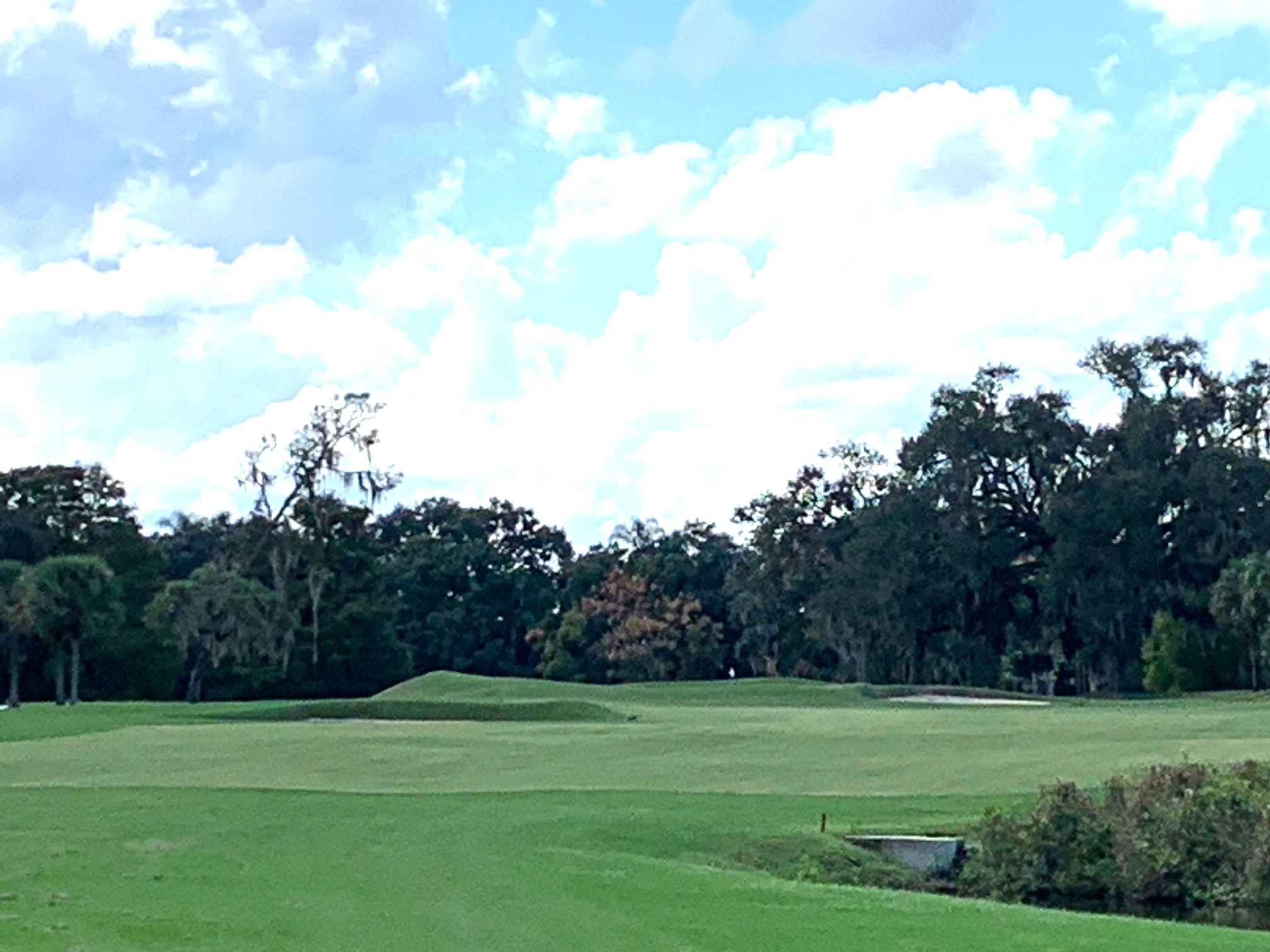
From the tee the Punch Bowl 15th looks innocuous enough.
A look from the teeing round over the 15th hole does not reveal the drama of the Punch Bowl green that defines this quasi-drivable Par 4. Your drive will traverse the penalty area jutting from the right and try to skirt the high lipped bunker on the left that is actually well short of the green.

From the edge of the landing area you can see the drama of the punch bowl that surrounds a flag half obscured by the edge of the short grass approach.
Because of the punch bowl shape it is hard to miss the green on approach since everything feeds to the center of the bowl. But getting even a spinning pitch landing short of the flag to stay close is a tall task and you will often see balls roll past the flag leaving a slick downhill 10-footer. It may make sense to consider a lower pitch with no spin into the back slope behind the flag and let gravity feed it back more gently to the flag position.

What would a Raynor Course be without an Eden Par 3?
Eden is the last template hole of the day as it replicates the feel of the 11th at St. Andrews. Eden holes will share some or all of four characteristics of the original, the Hill bunker on the left front of the green, the Strath’s bunker on the front, a shelled bunker short of the green, and the Eden River behind the raised diagonal green that pitches steeply from back right to front left.
The 17th at Mountain Lake is an on level 163 carry into a diagonal green arrangement leaning toward the front left behind a deep pot bunker front right. The bunker in front of that is mostly visual intimidation. There is bail room to the left since there is no bunker on that side and this green is not raised dramatically like the original. Water meandering well behind the green gives this hole a halo feeling of the Eden River from St. Andrews.
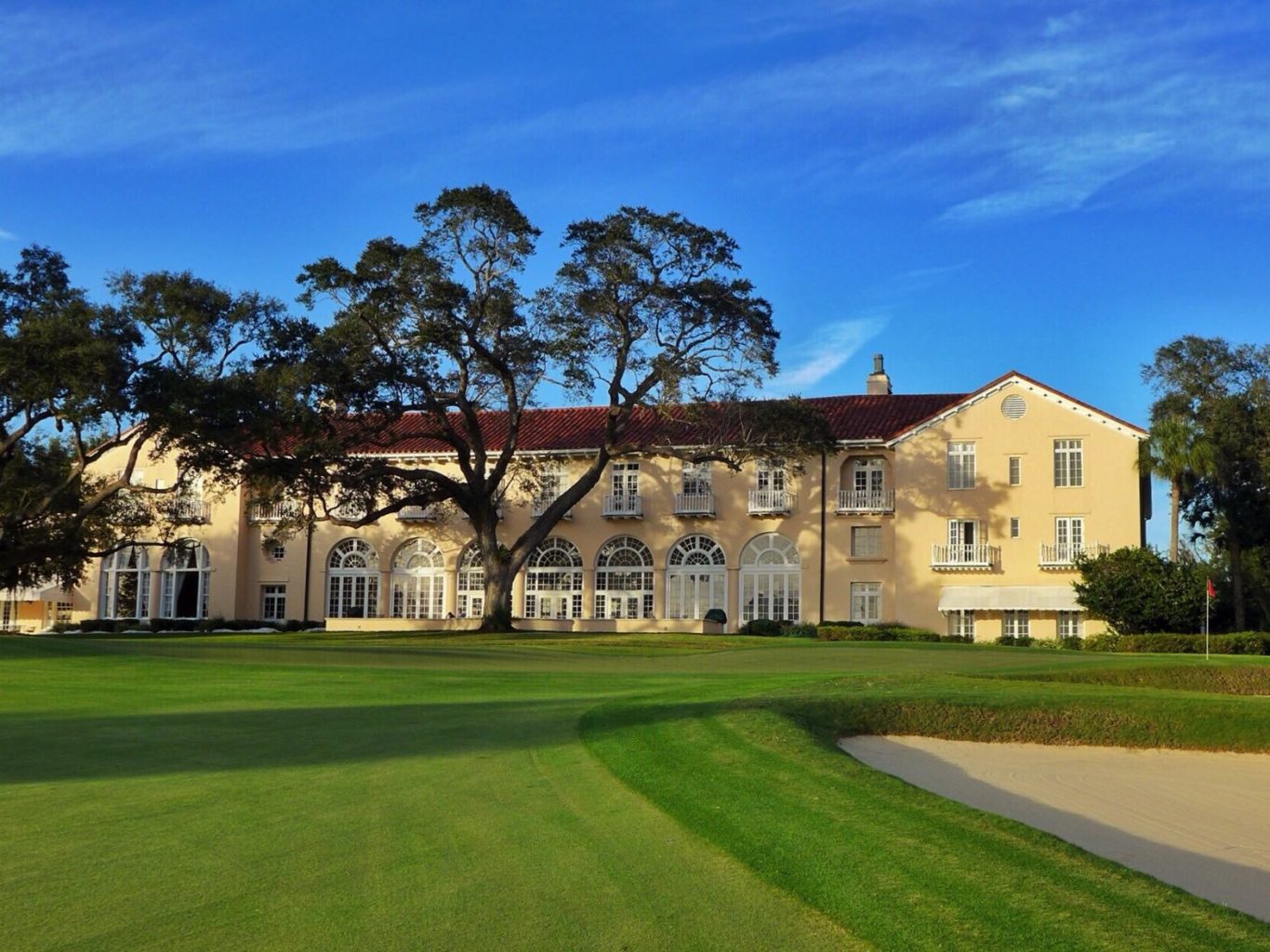
What a finishing look!
The finishing hole is a very dramatic dogleg left 389-yard Par 4 that works its way up a steep incline to a blind putting surface set below the foot of the clubhouse. The green on this hole has some of the most dramatic contour you will see all day so full attention is required for a happy ending to your experience of Seth Raynor’s creative design at Mountain Lake.
Lake Wales, Florida
Architect: Seth Raynor (1916), Brian Silva (2002) Gil Hanse (2020)
Par Rating Slope Yardage
Black 70 72.7 135 6685
Blue 70 69.9 132 6156
White 70 67.4 128 5609
Red 70 65.2 120 5142
(Click to the the printable text of this posting)
(Click to see the Mountain Lake Scorecard)



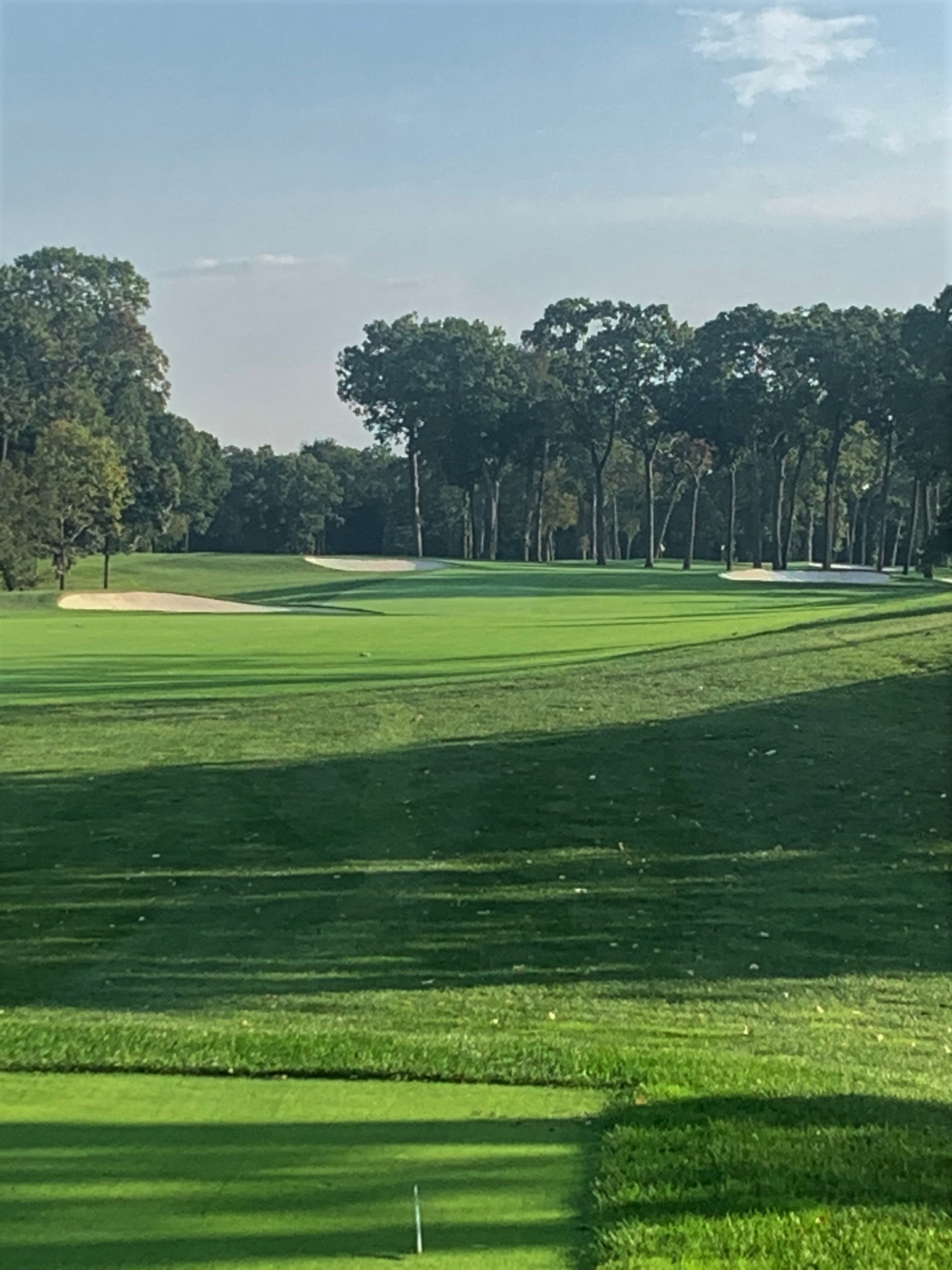




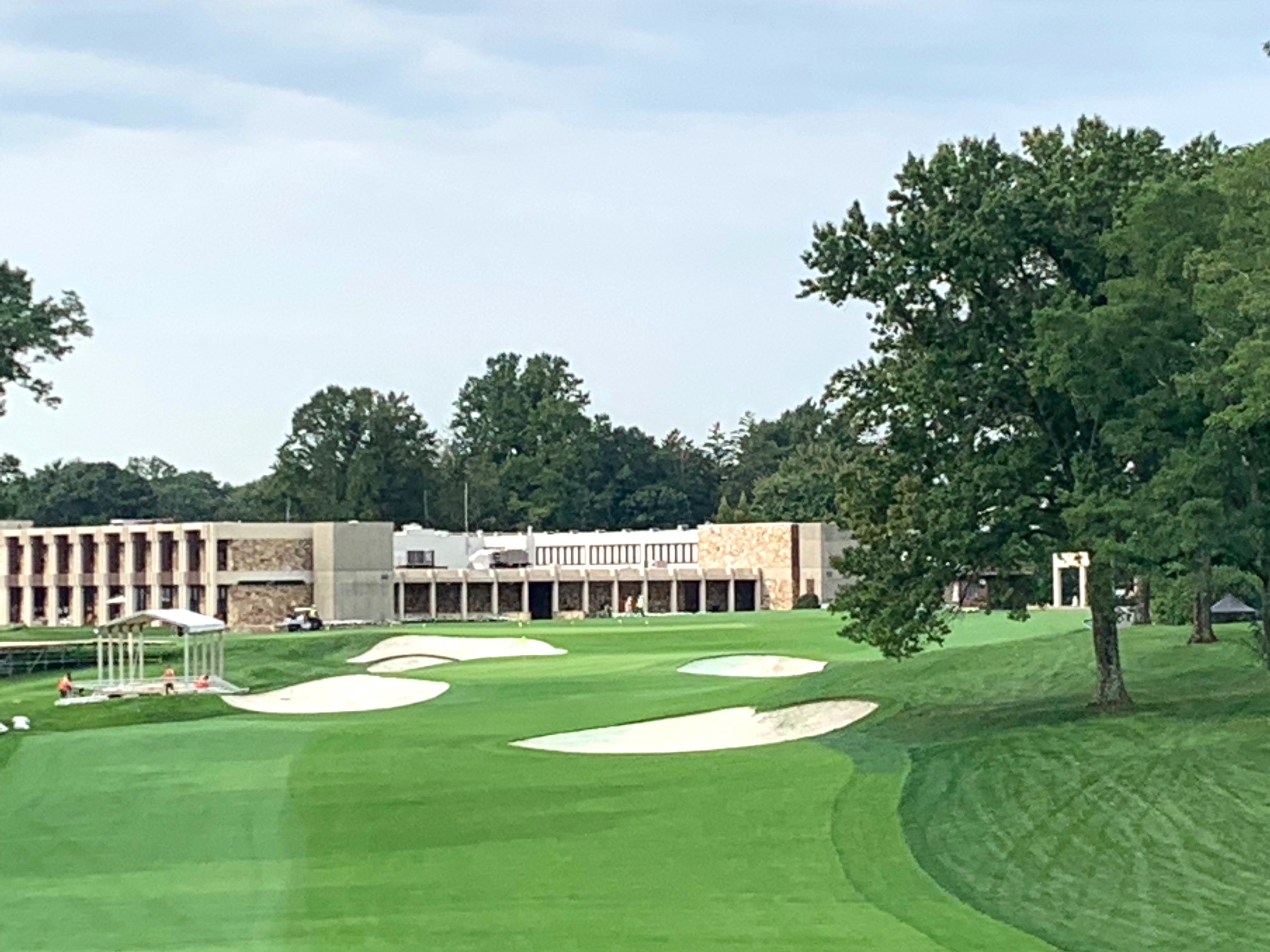
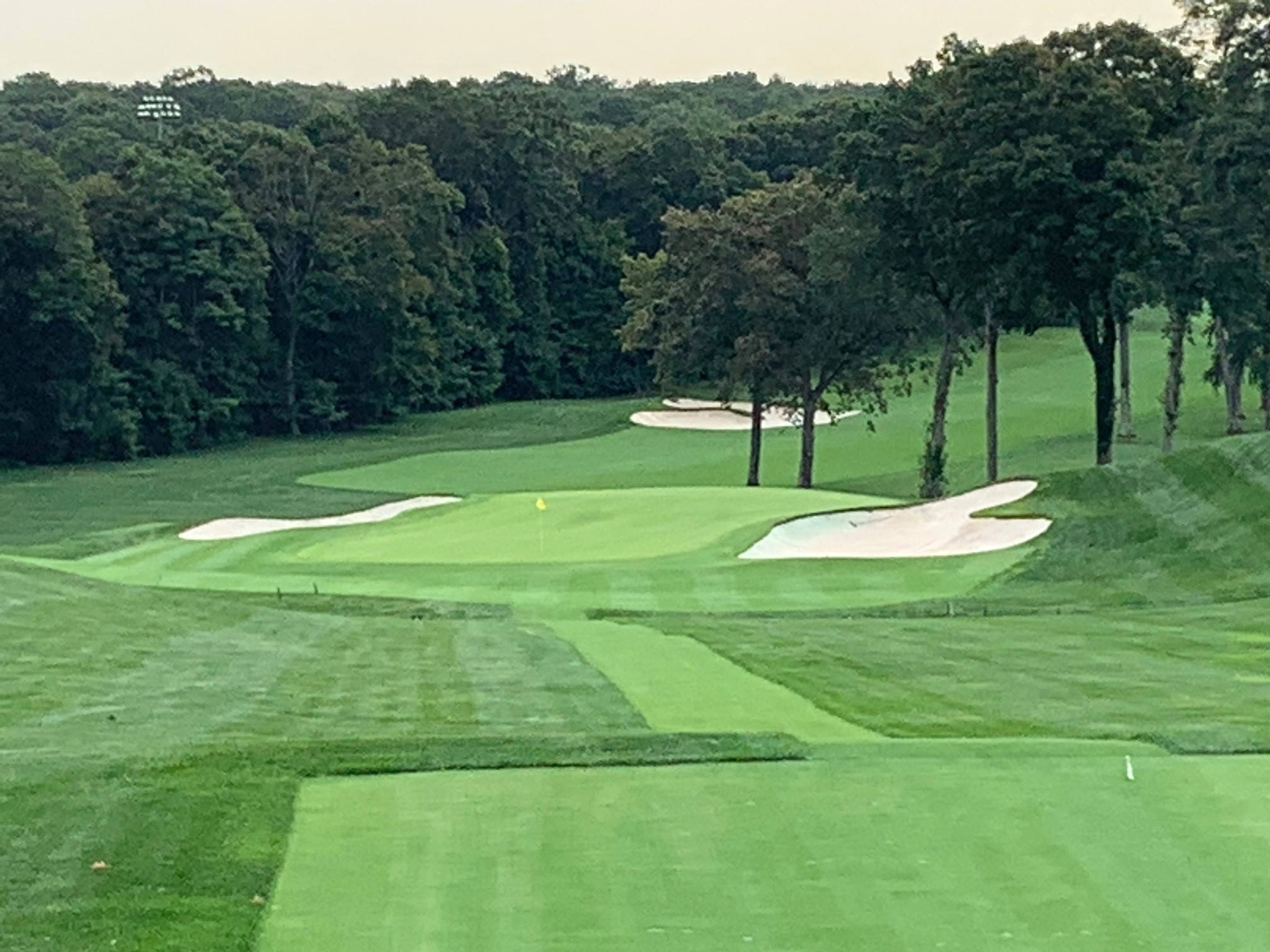

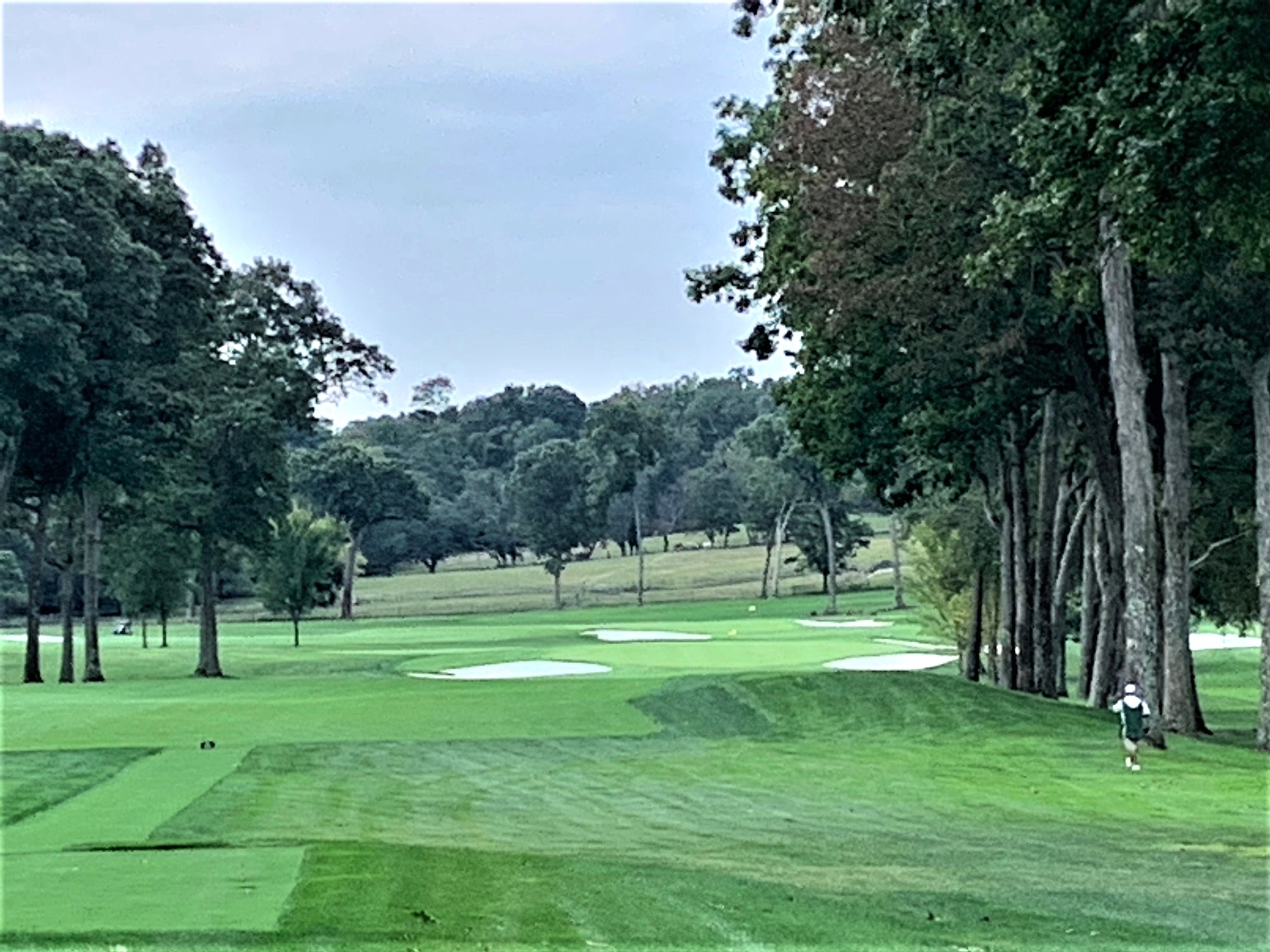

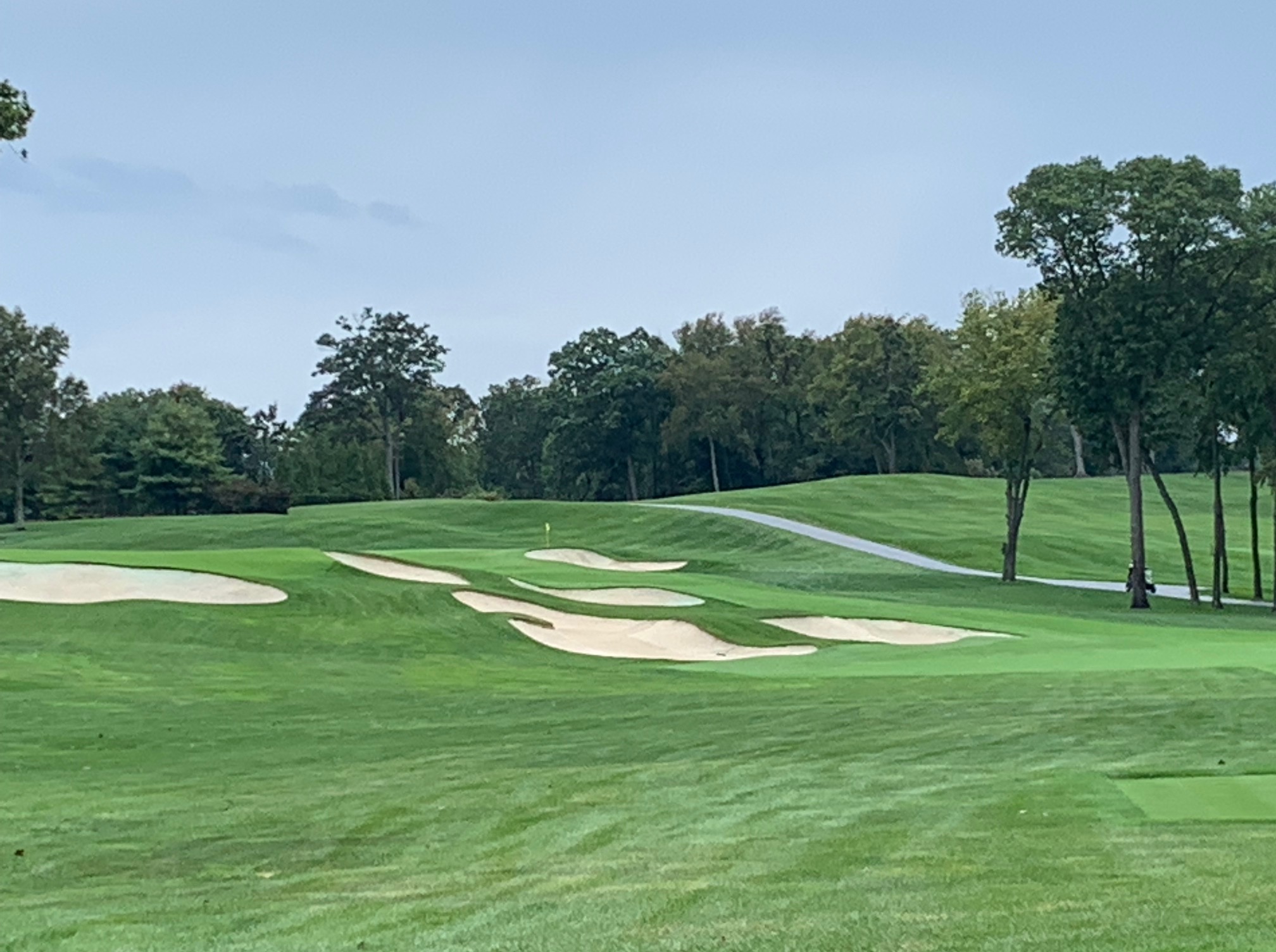
















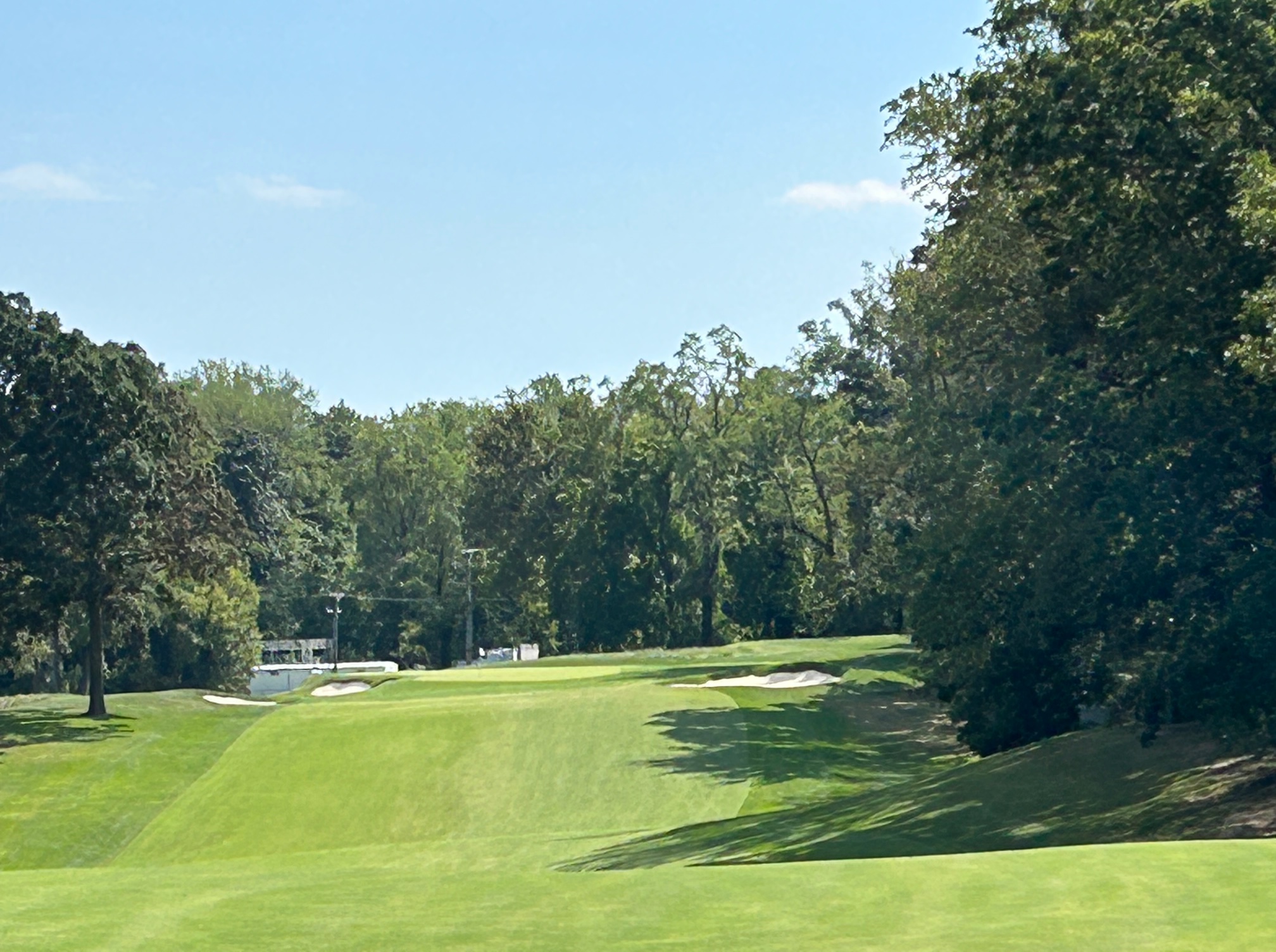
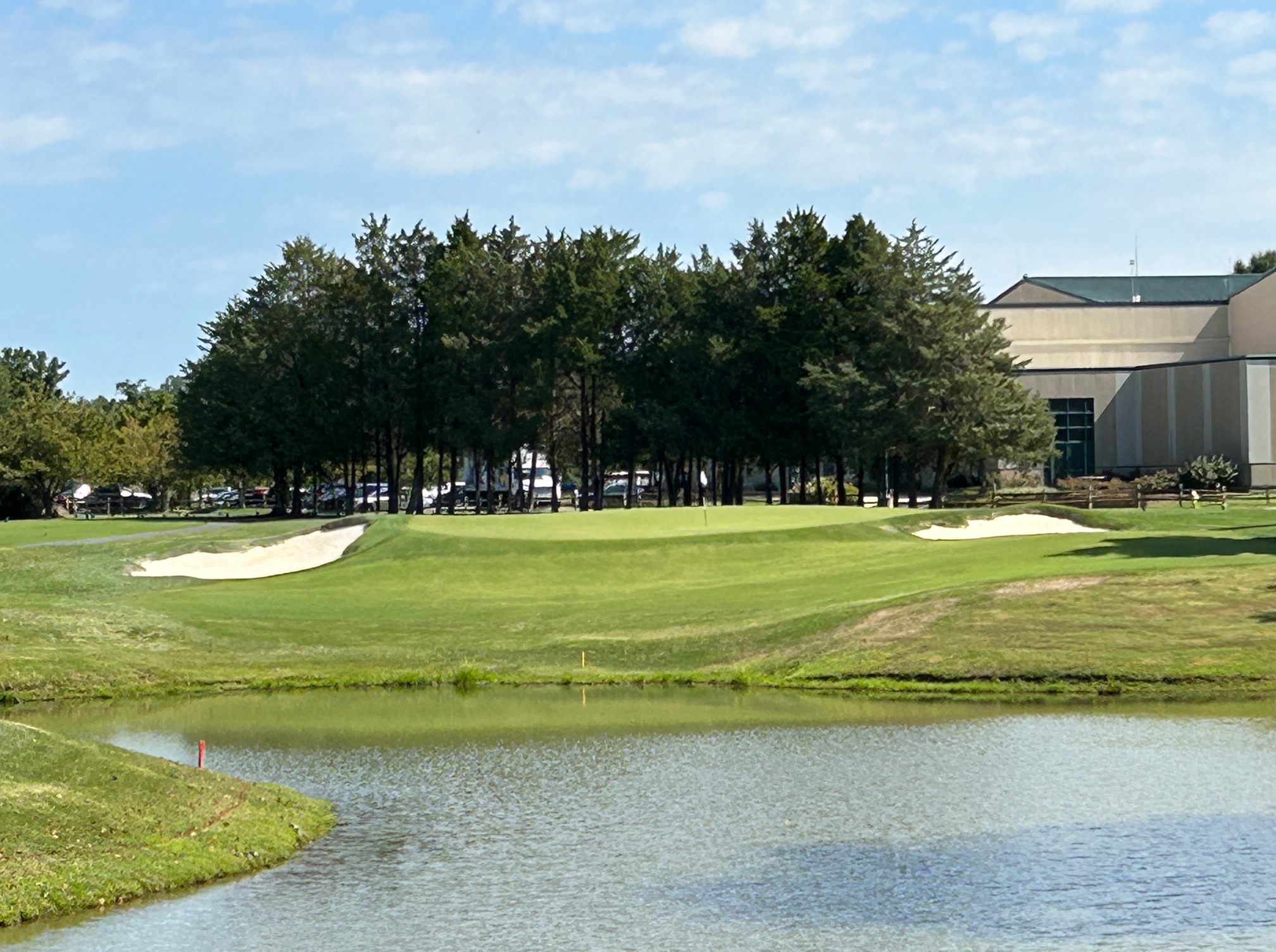

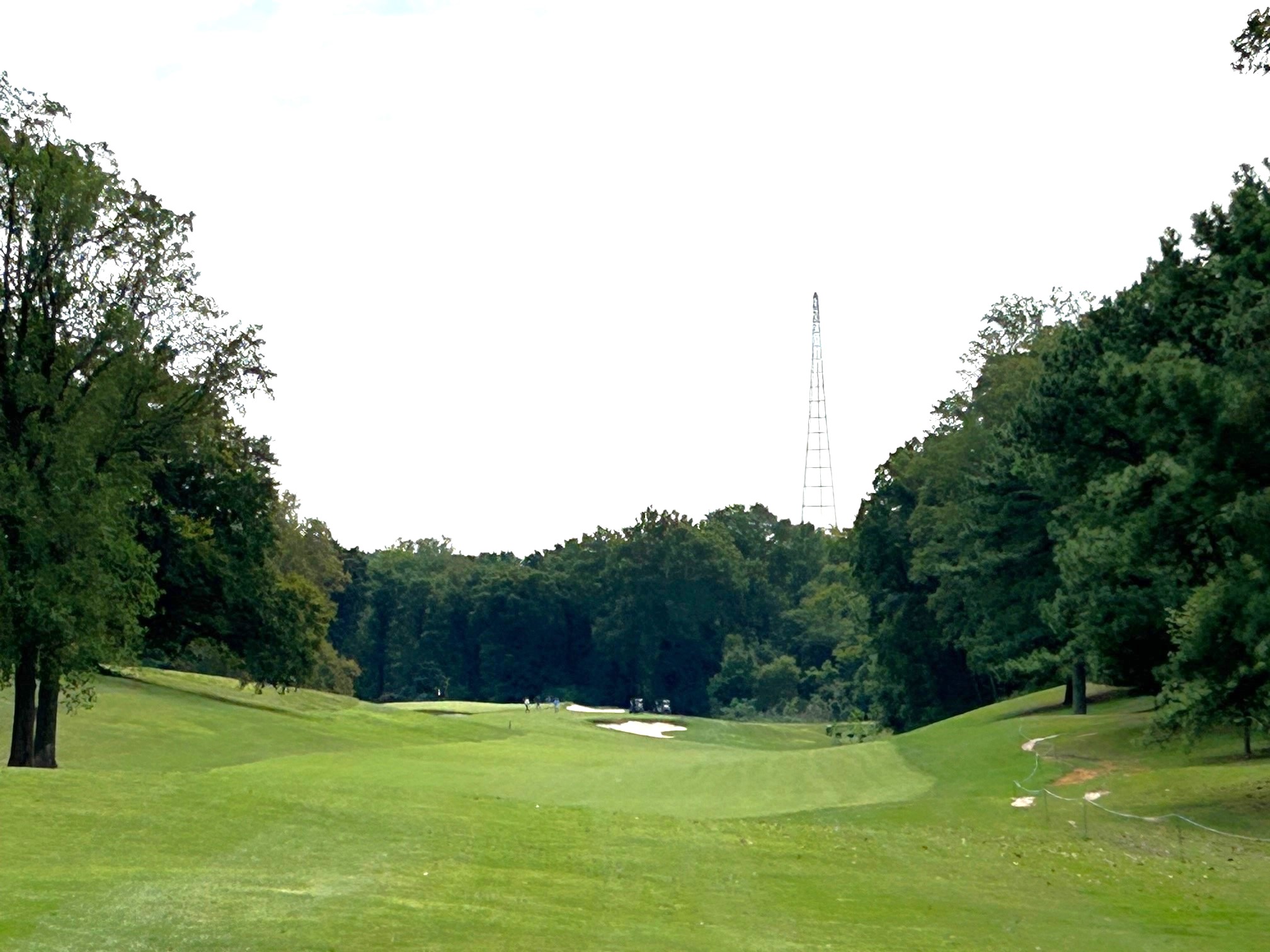




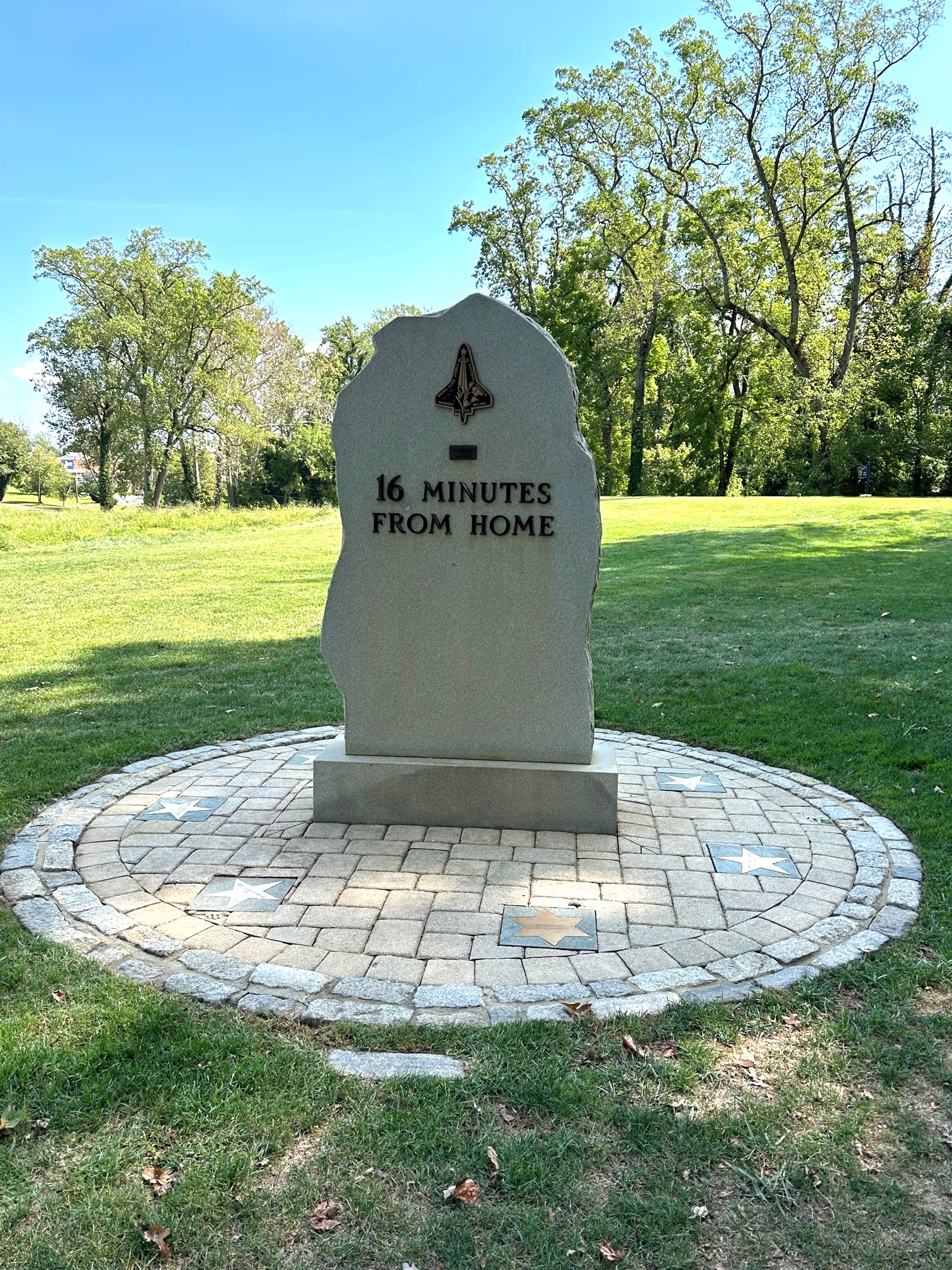



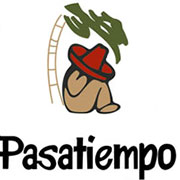 It is impossible to separate the character of this course from the reputations of entrepreneur Marion Hollins and renowned architect Alister MacKenzie, two seminal characters in the introduction and development of west coast Golden Age golf courses of the 1920’s. The two joined hands at Cypress Point setting a standard for what this area of the country could produce and their relationship was solidified with the development of what would become MacKenzie’s home course-Pasatiempo.
It is impossible to separate the character of this course from the reputations of entrepreneur Marion Hollins and renowned architect Alister MacKenzie, two seminal characters in the introduction and development of west coast Golden Age golf courses of the 1920’s. The two joined hands at Cypress Point setting a standard for what this area of the country could produce and their relationship was solidified with the development of what would become MacKenzie’s home course-Pasatiempo.
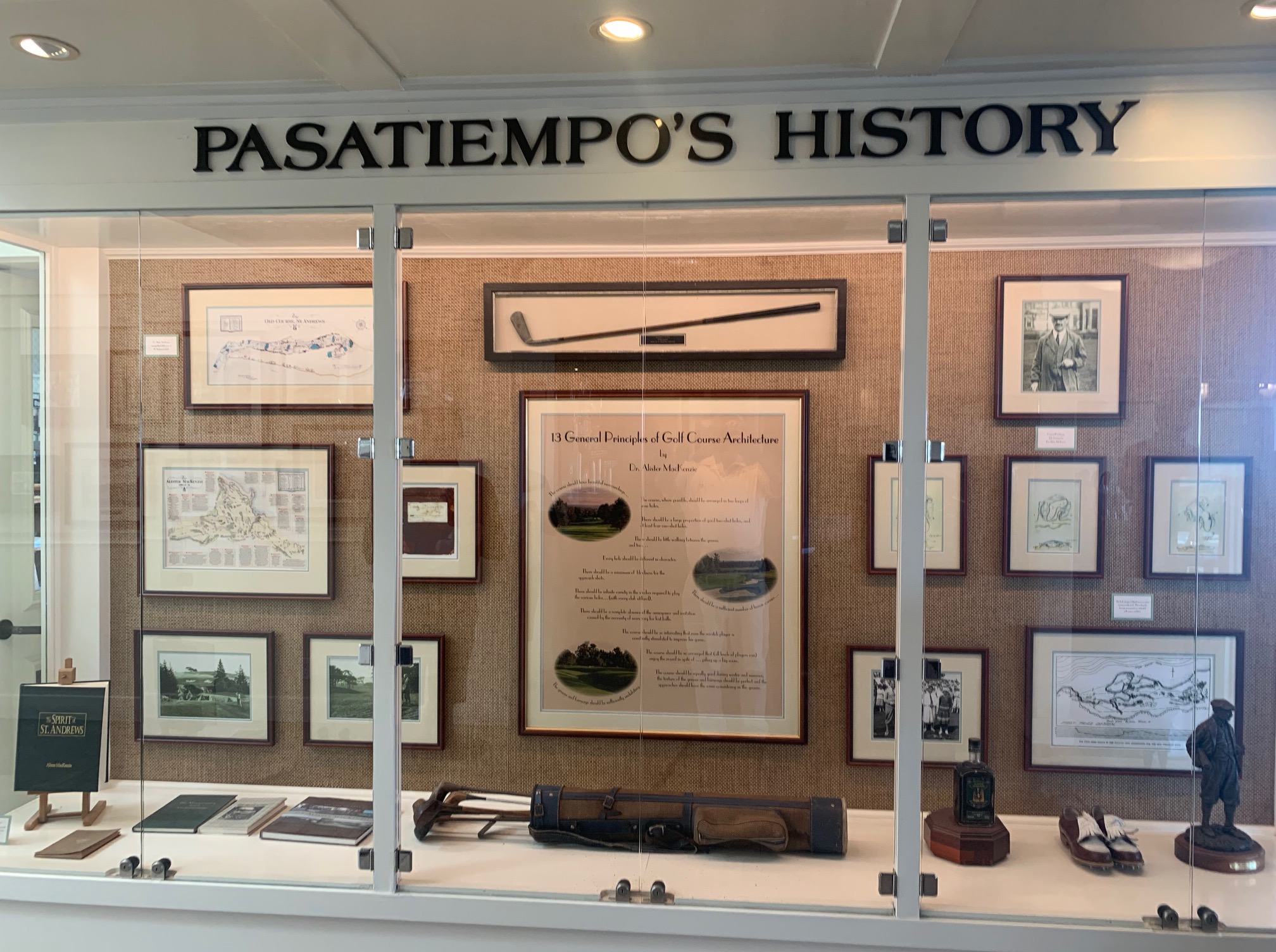

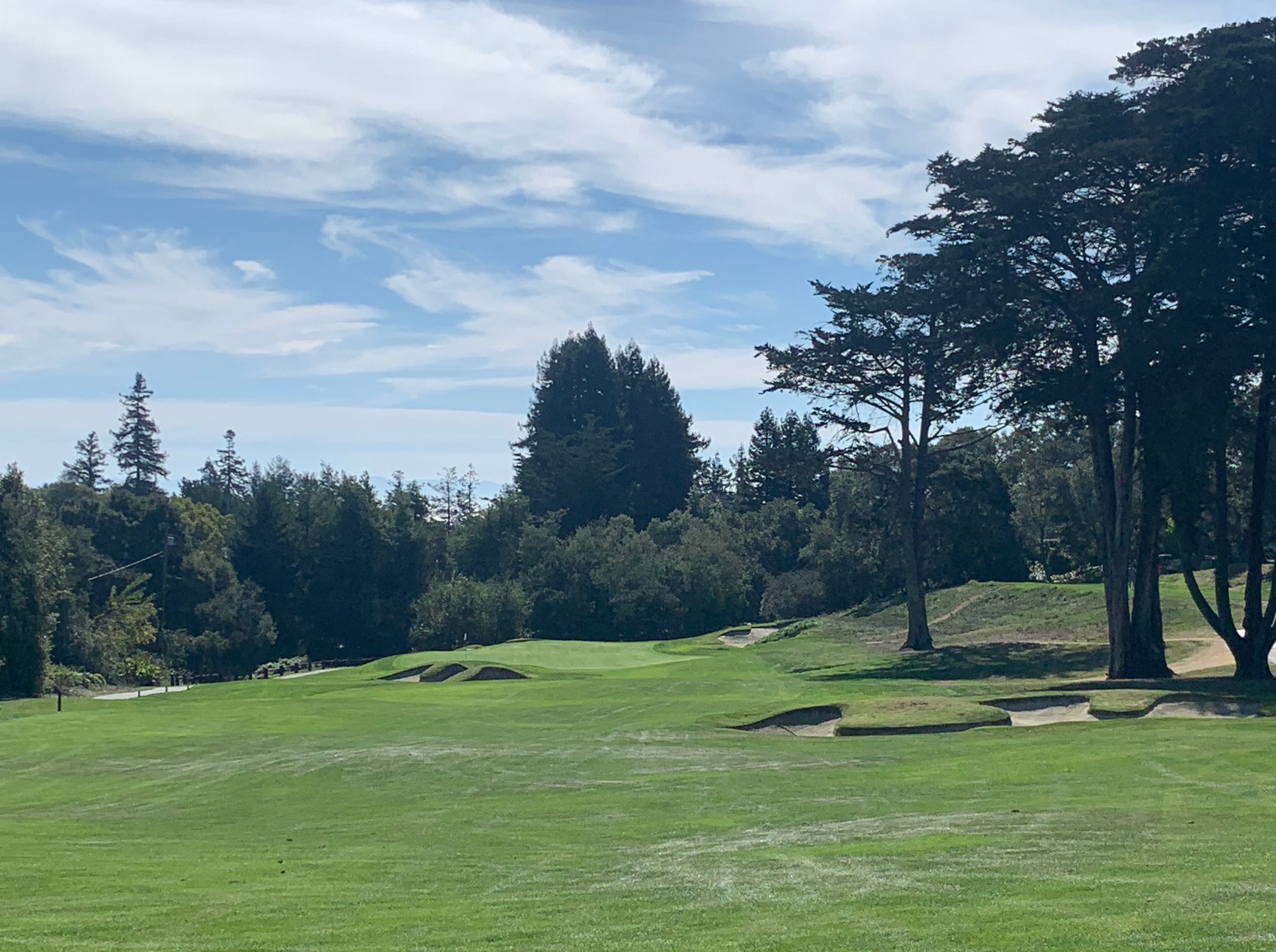
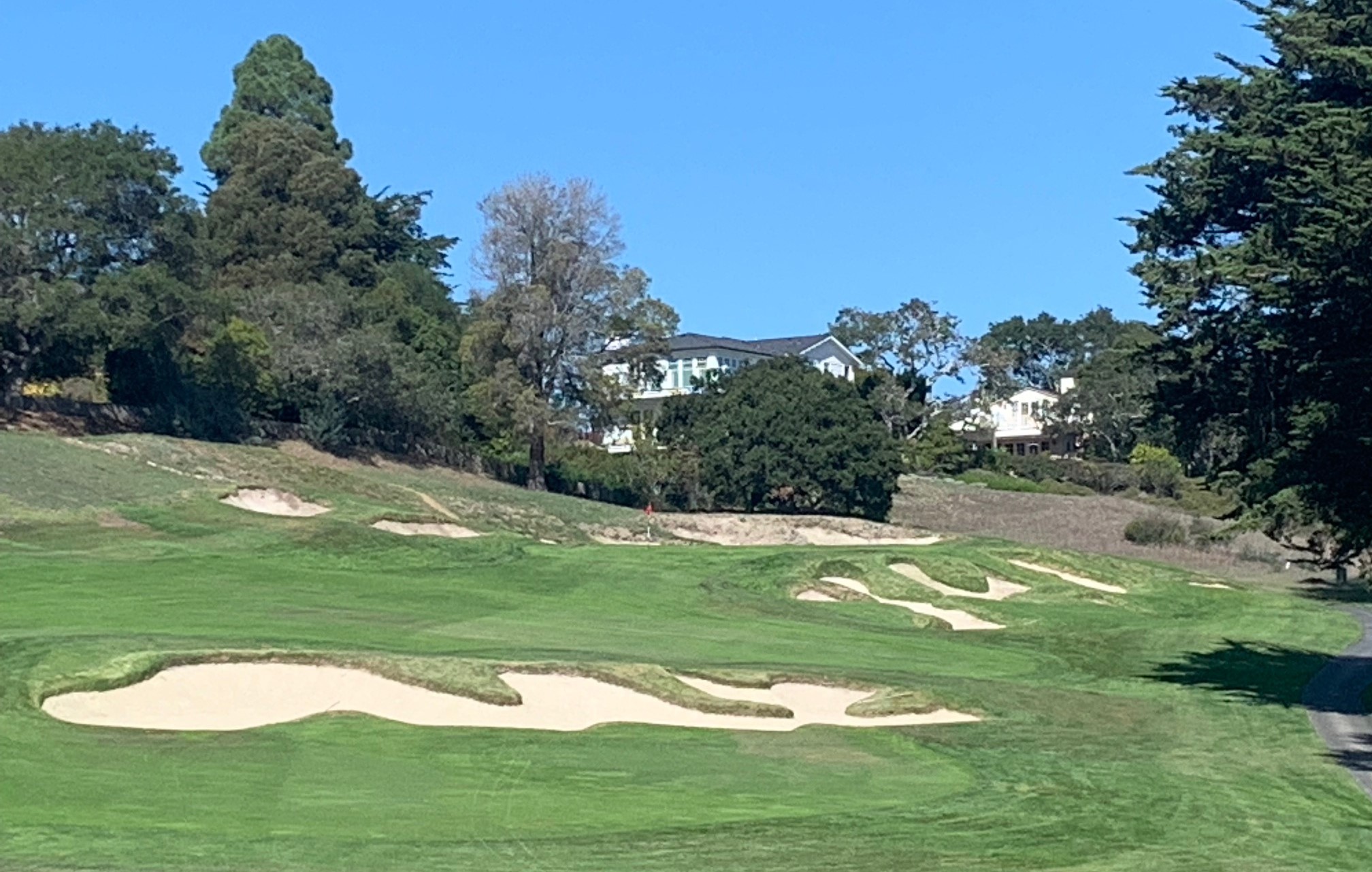

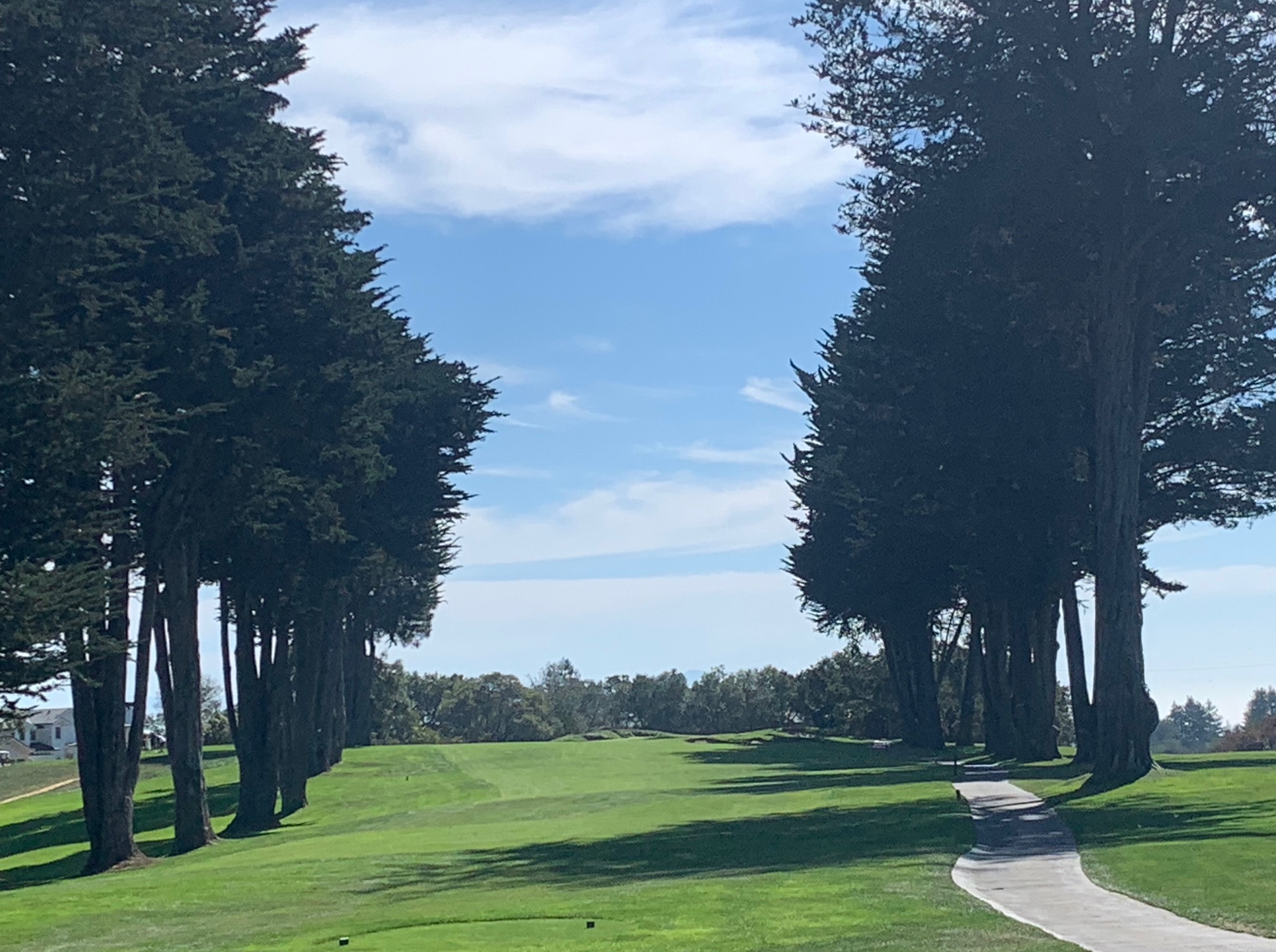




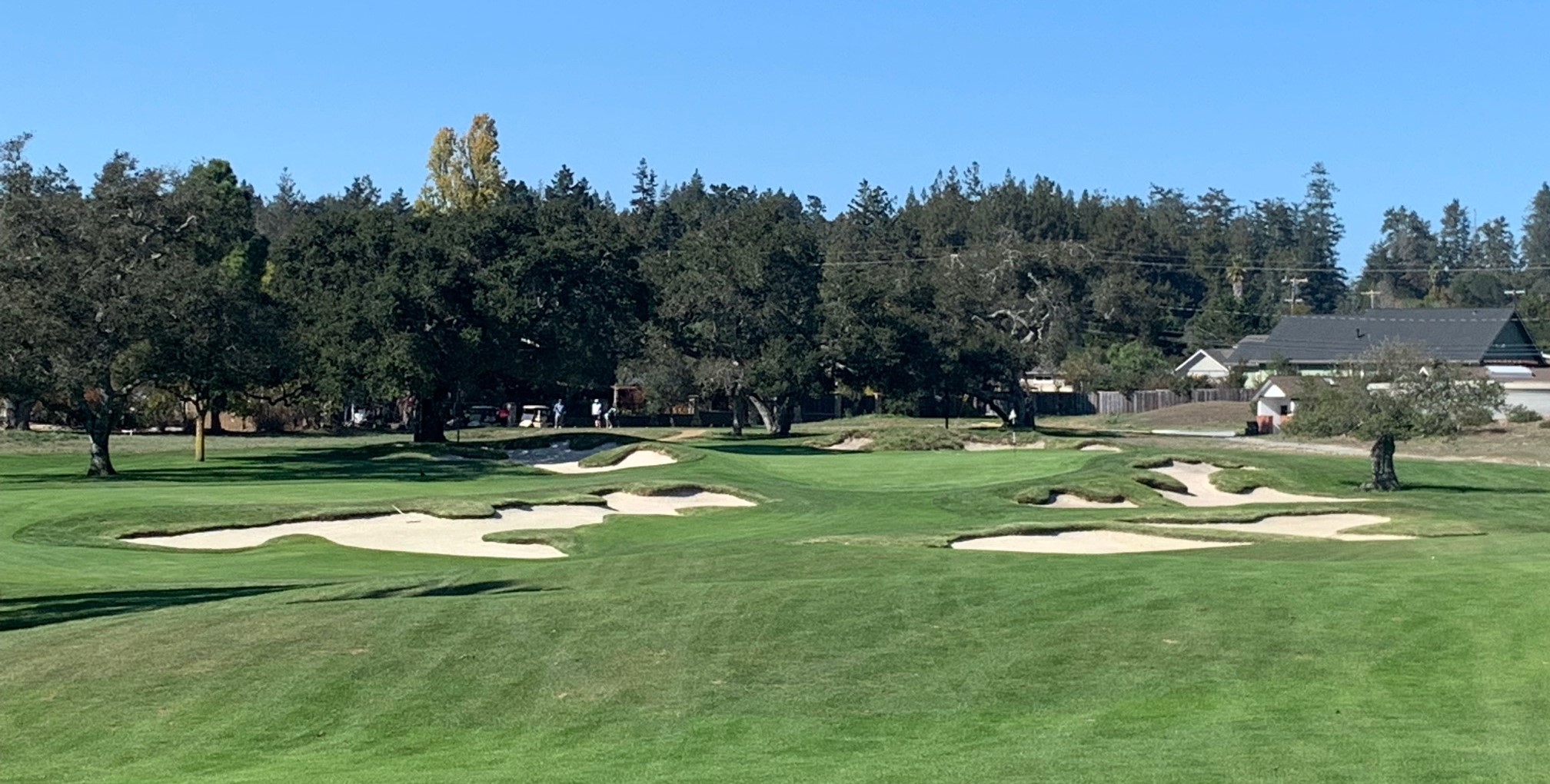
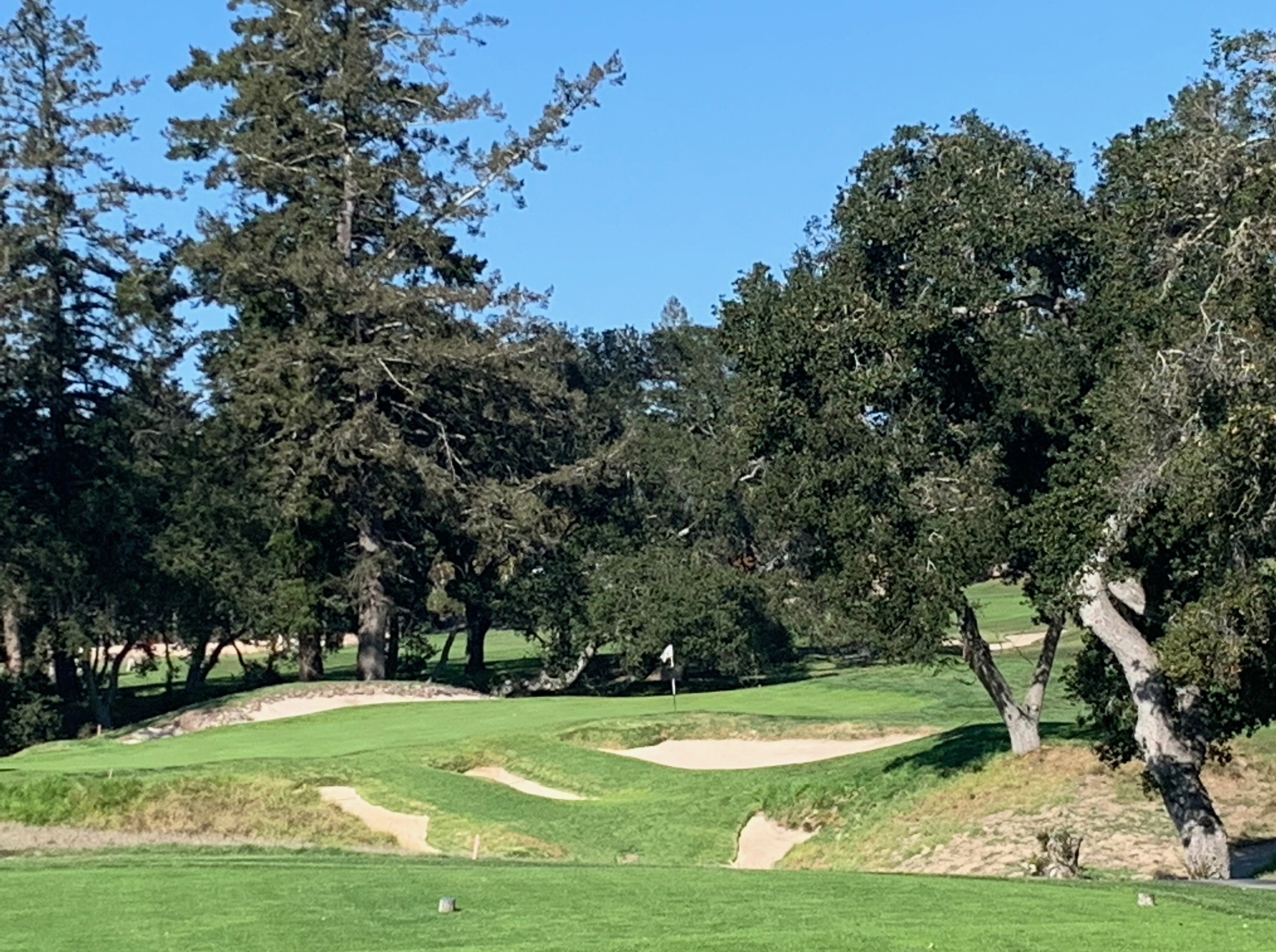
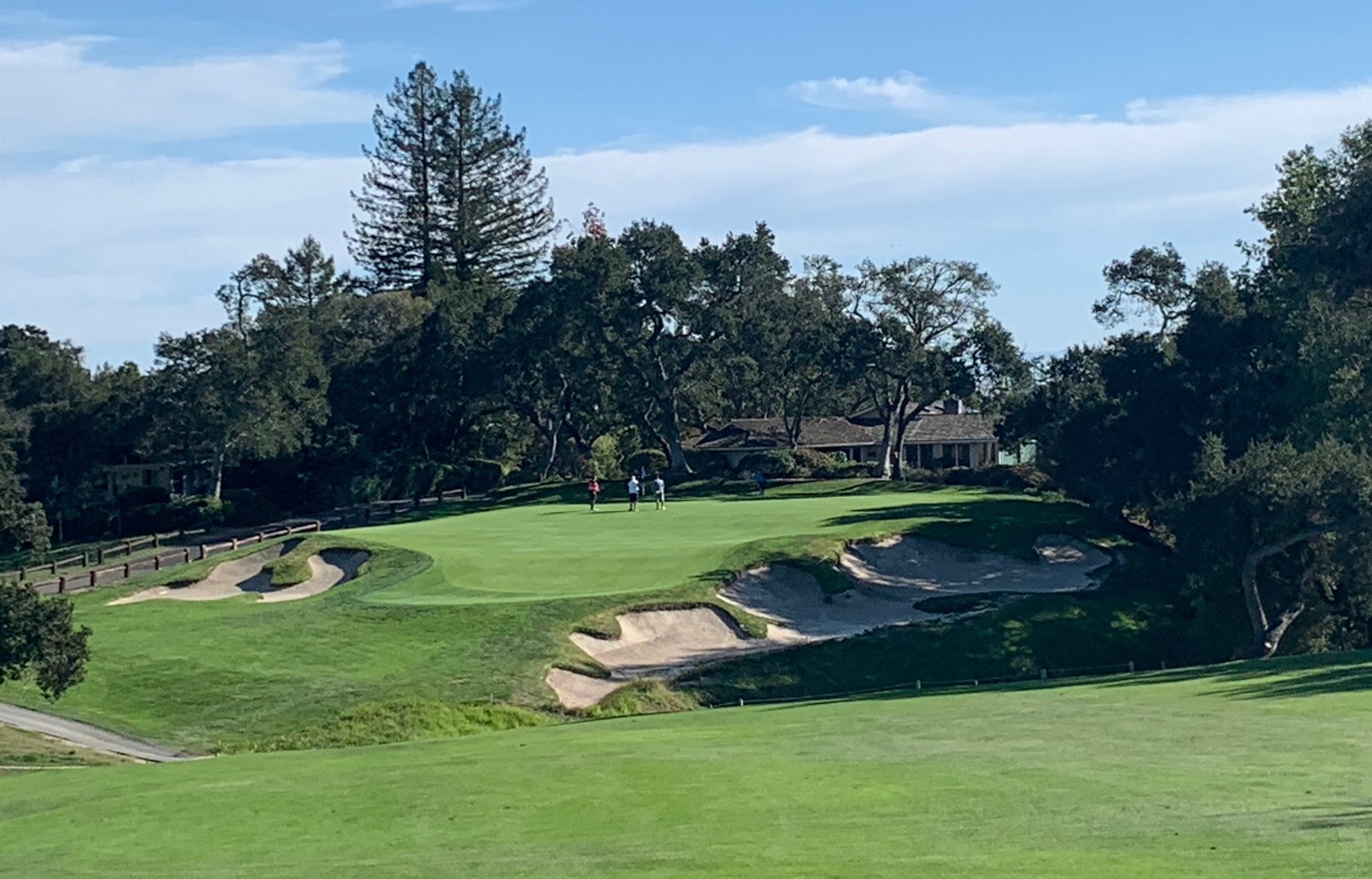
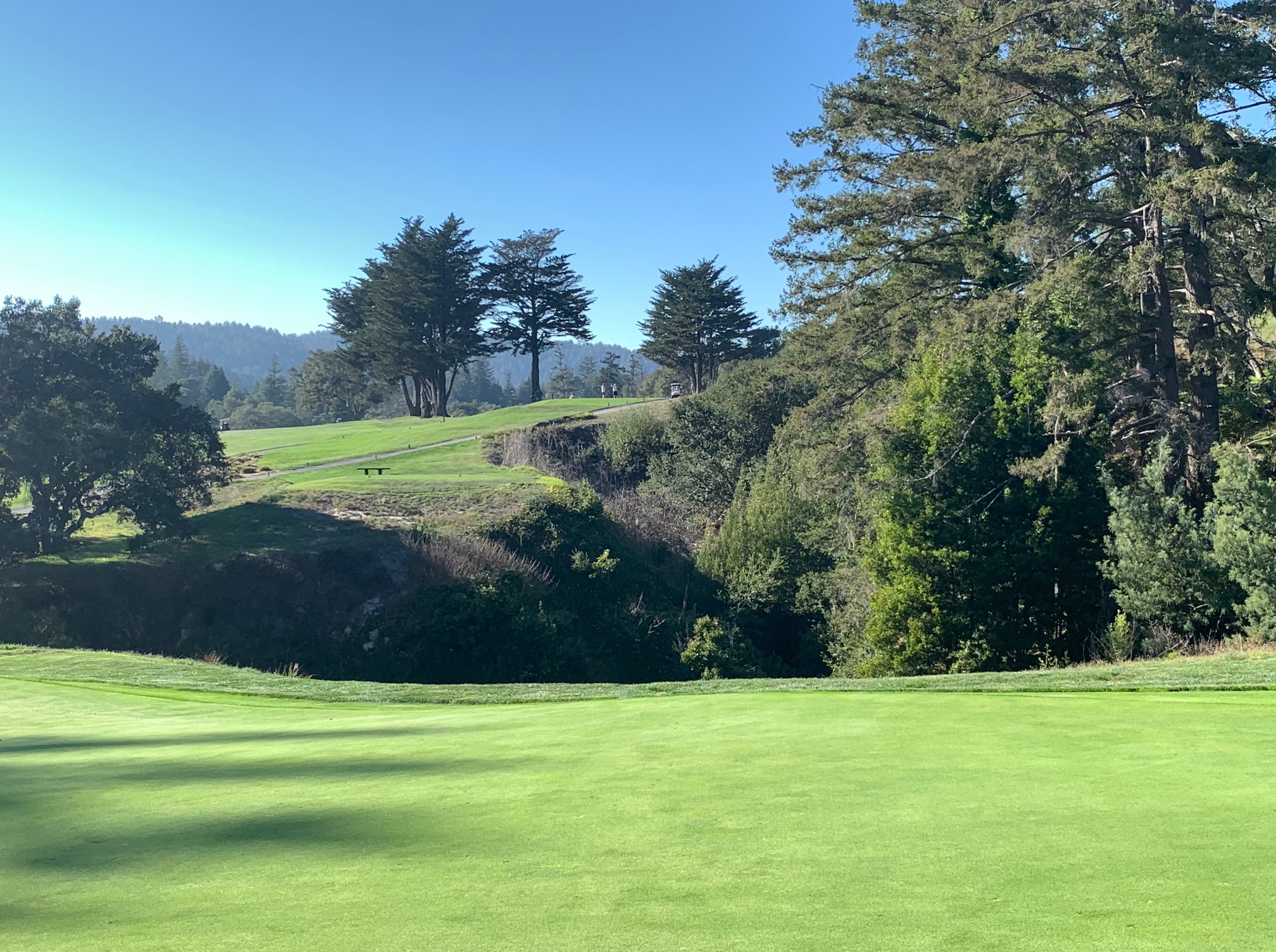


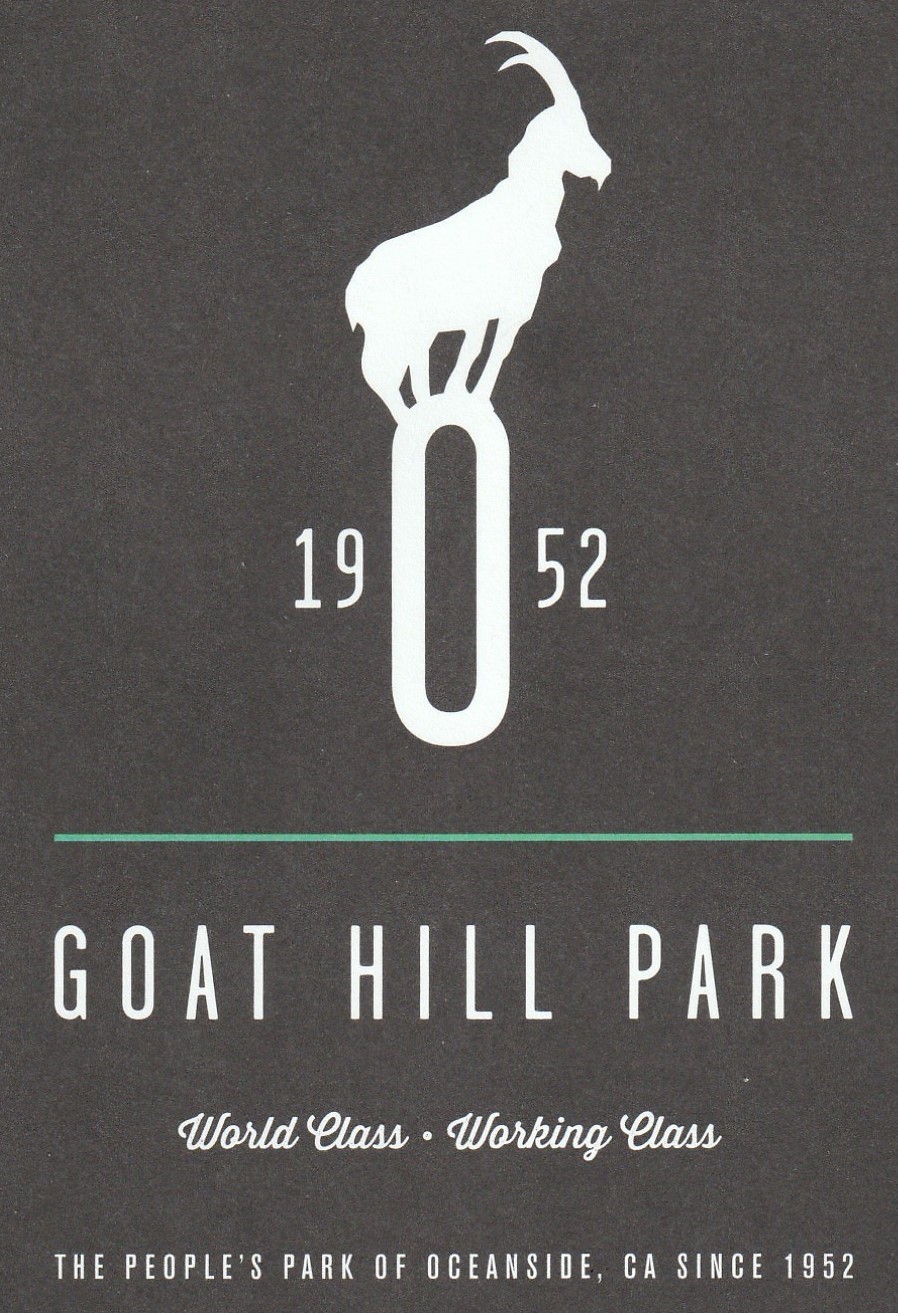 If you are in the vicinity of Carlsbad, California there is a golf destination about 10 miles north, in the surf town of Oceanside, that you should go out of your way to experience.
If you are in the vicinity of Carlsbad, California there is a golf destination about 10 miles north, in the surf town of Oceanside, that you should go out of your way to experience.